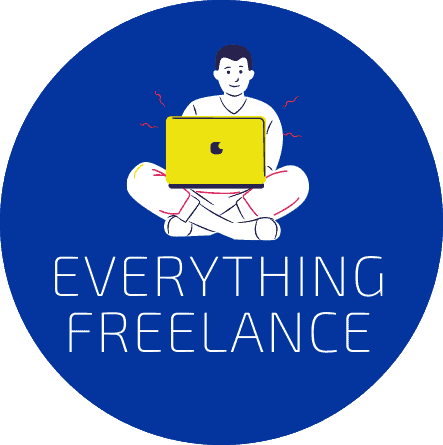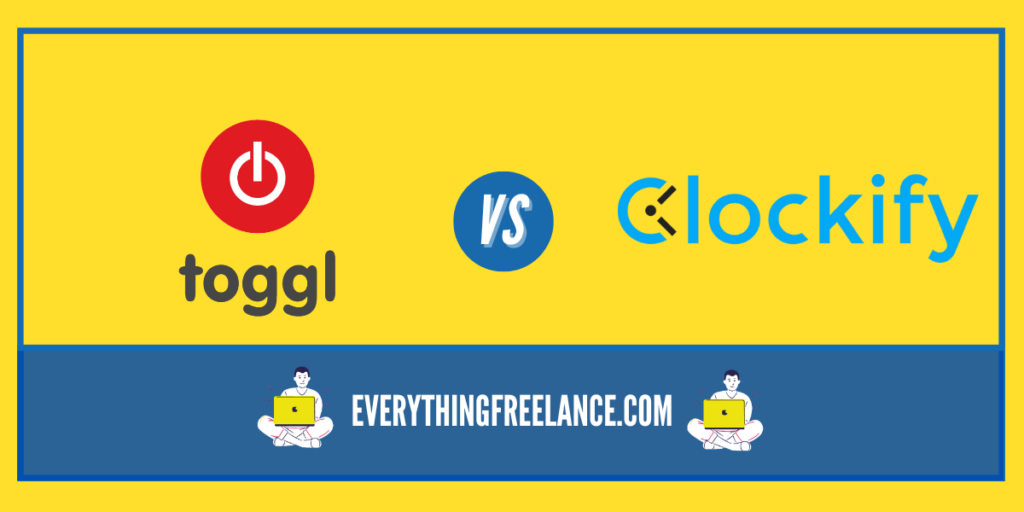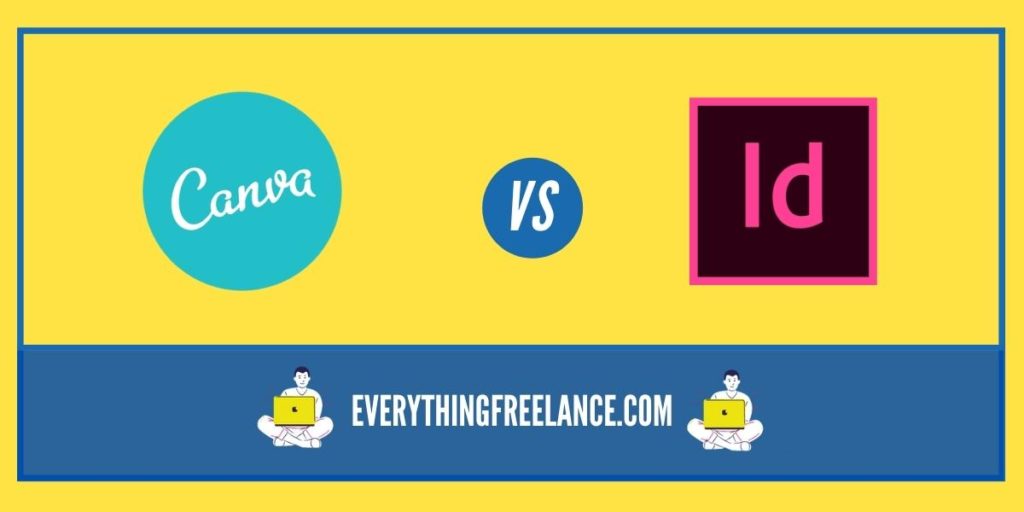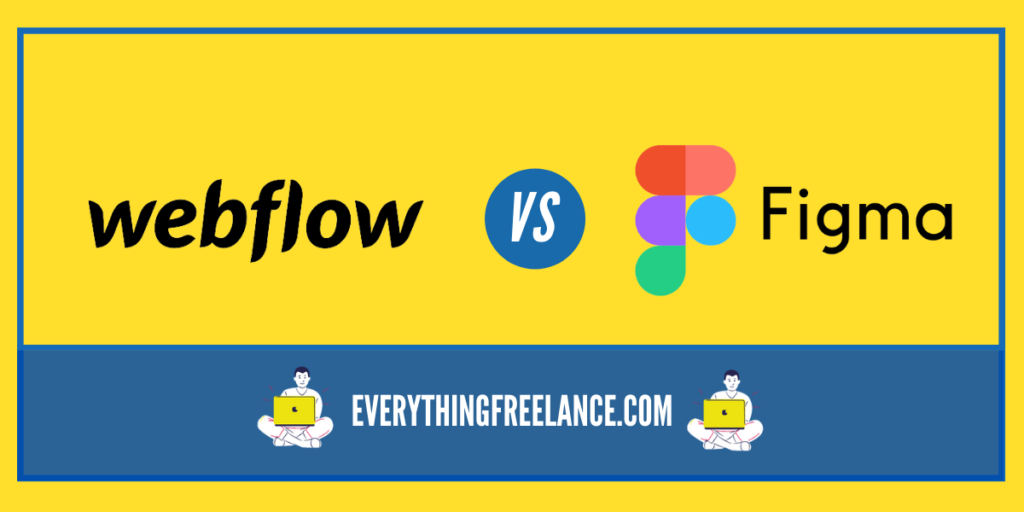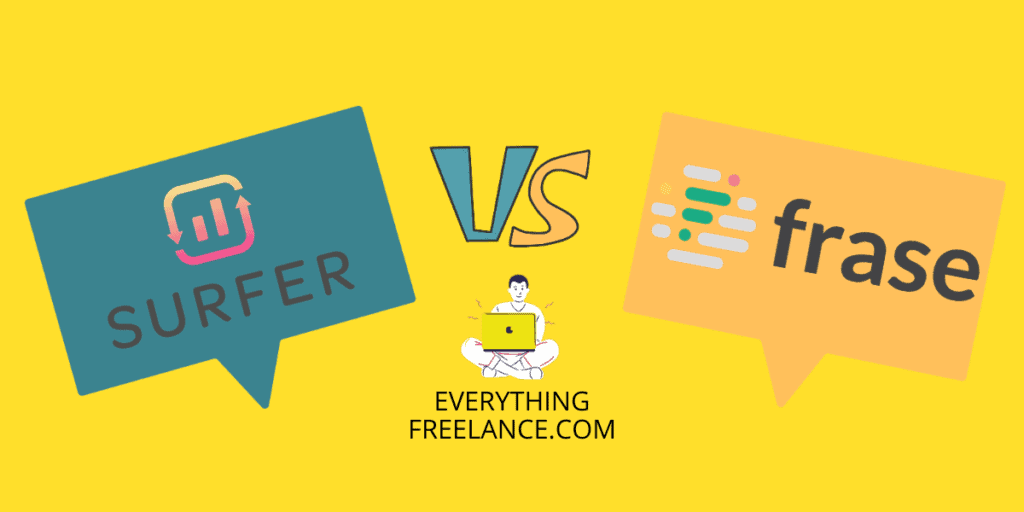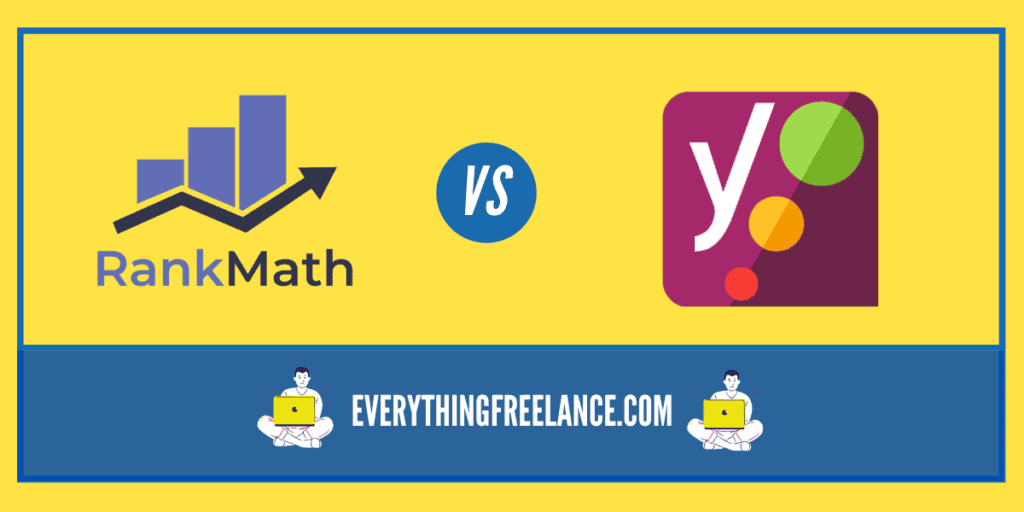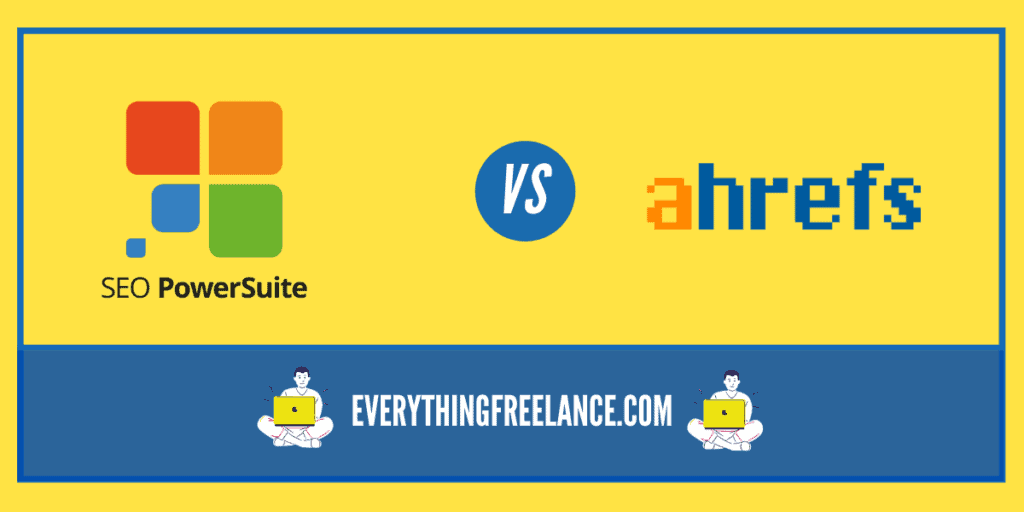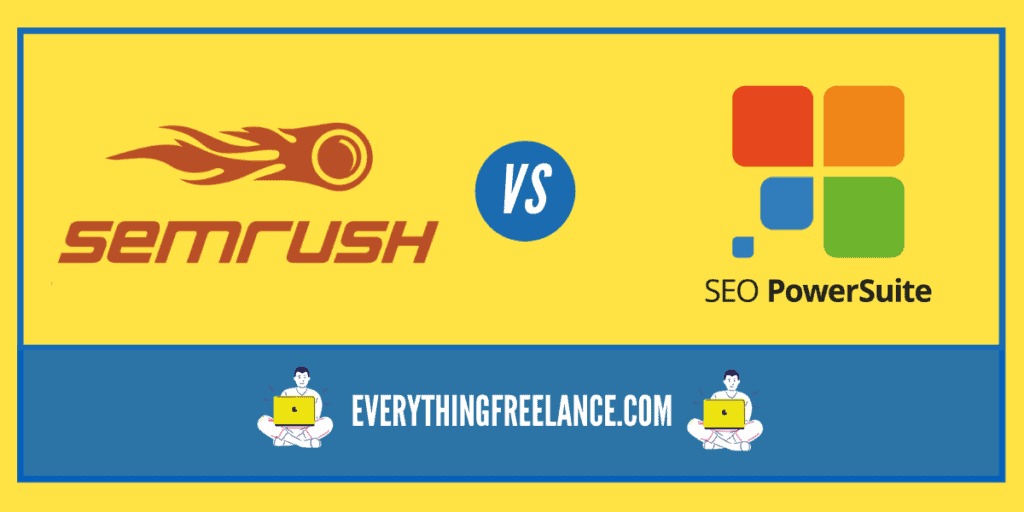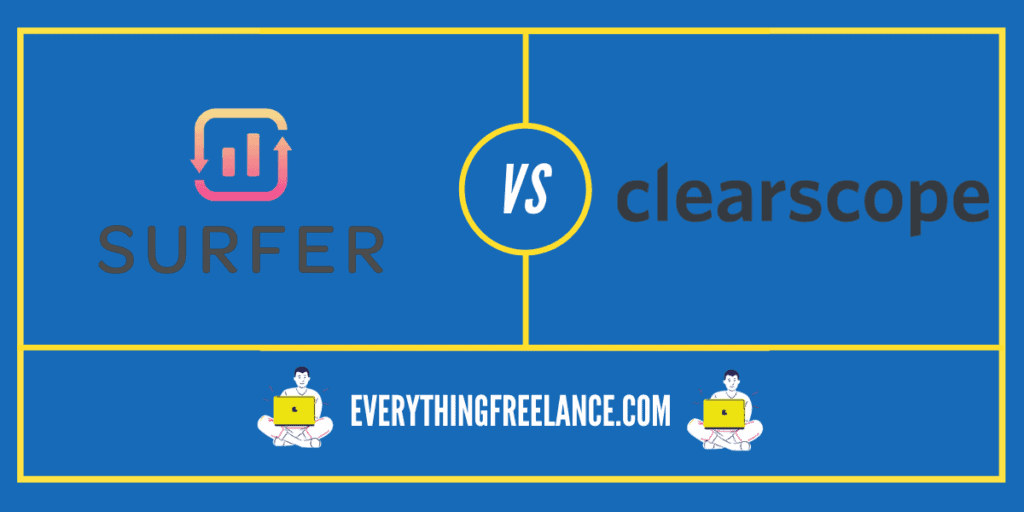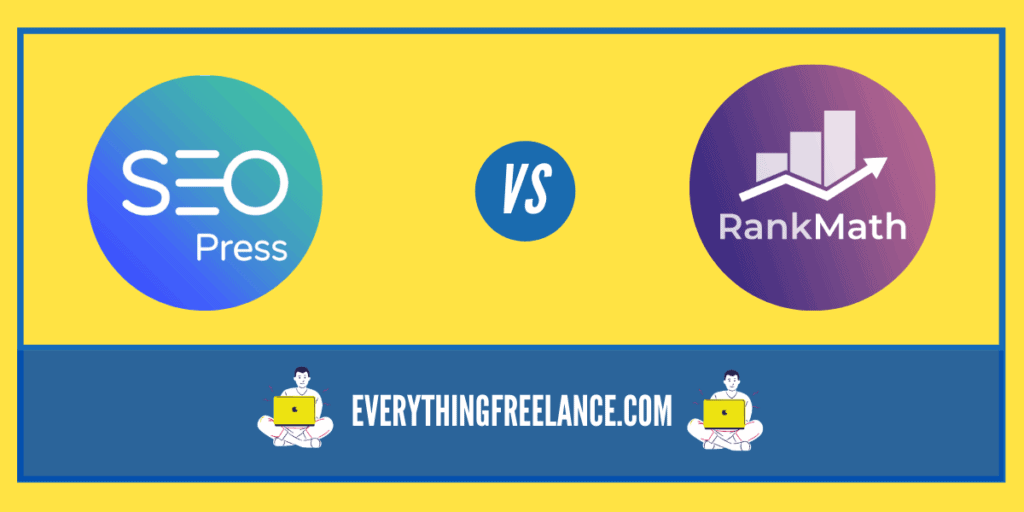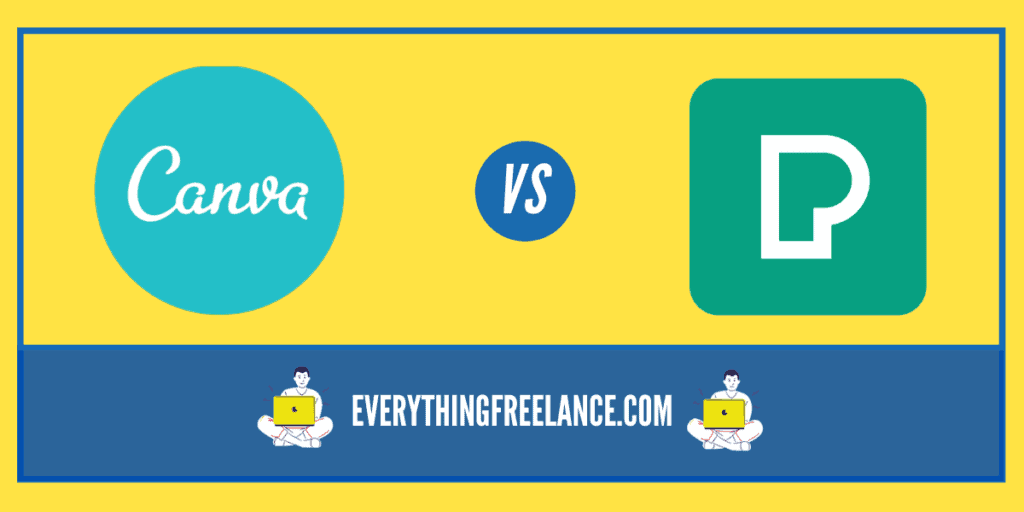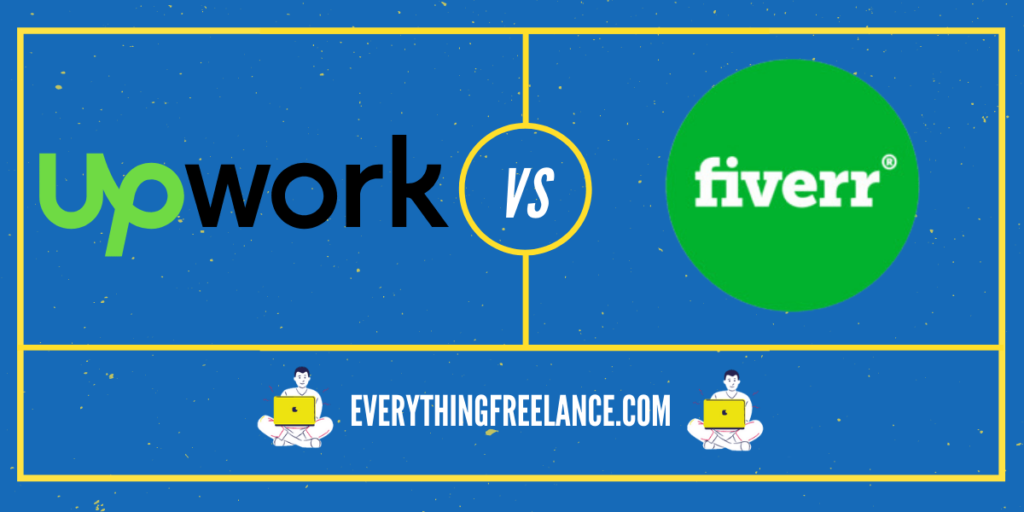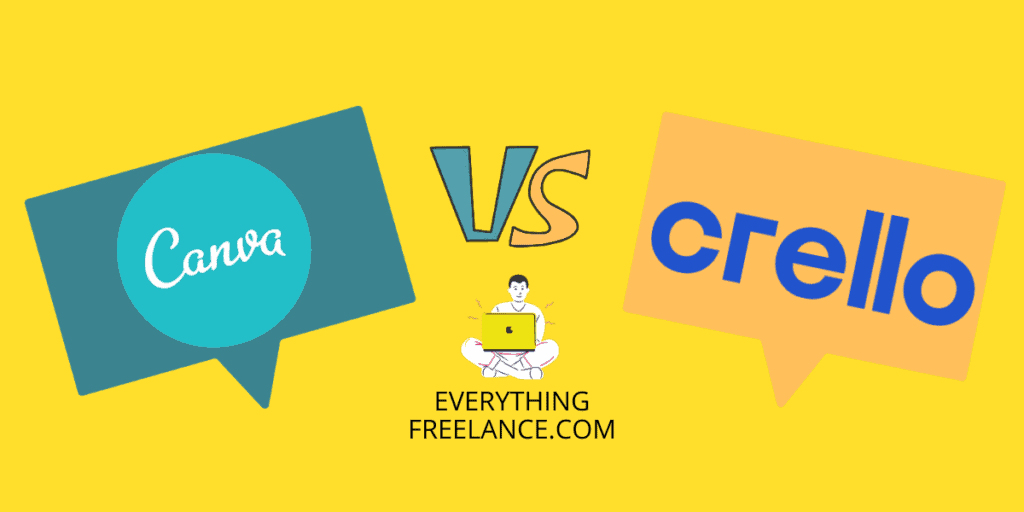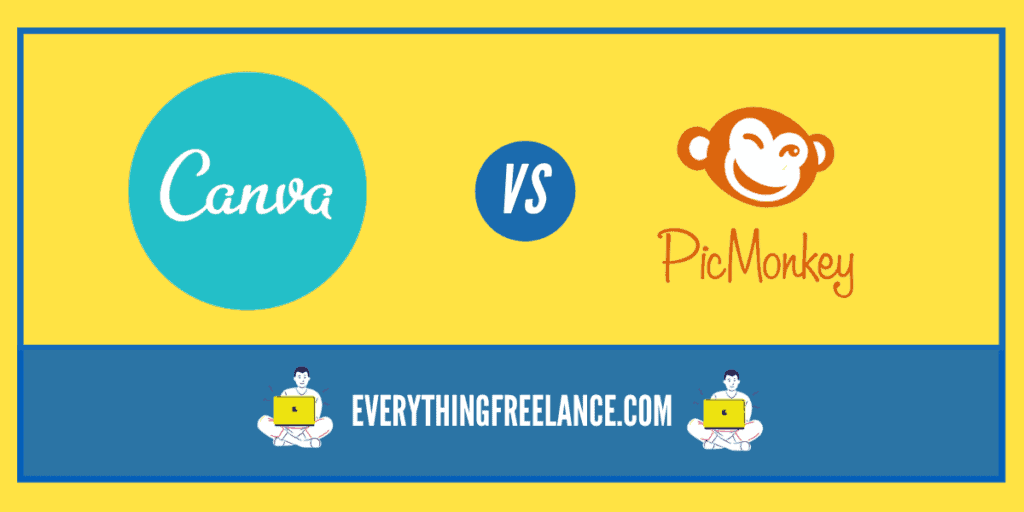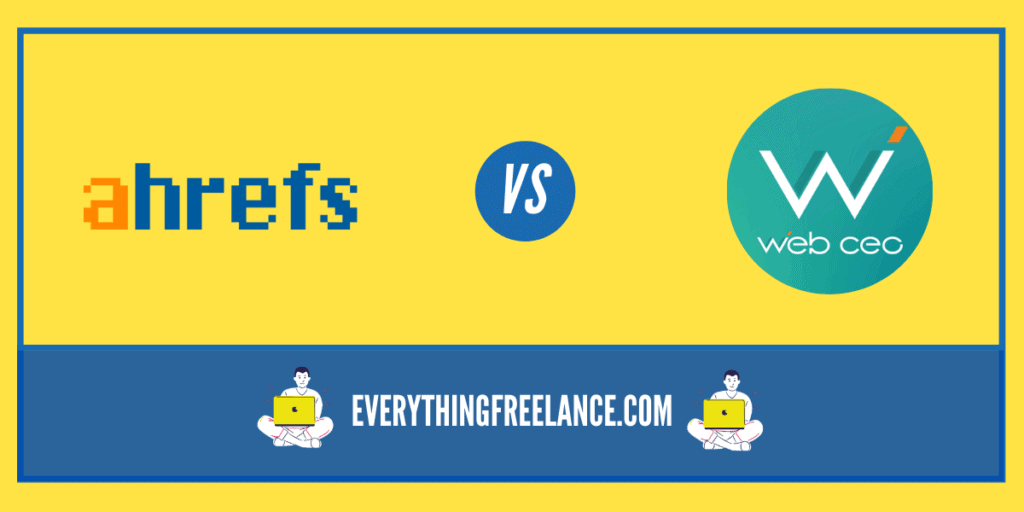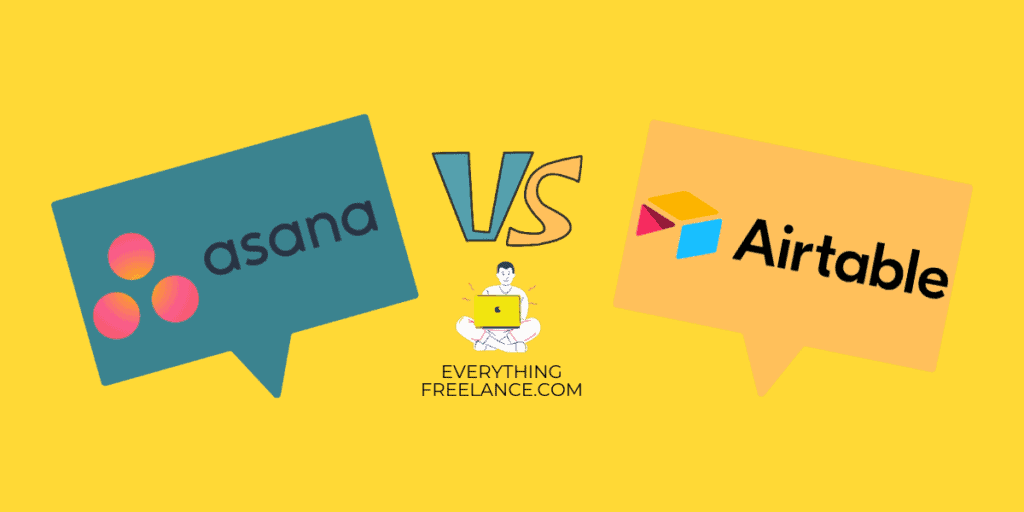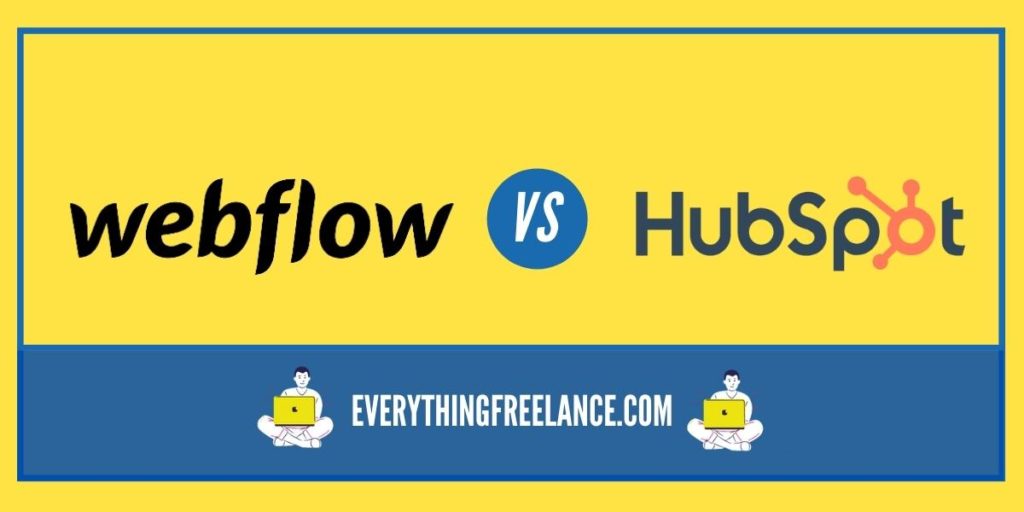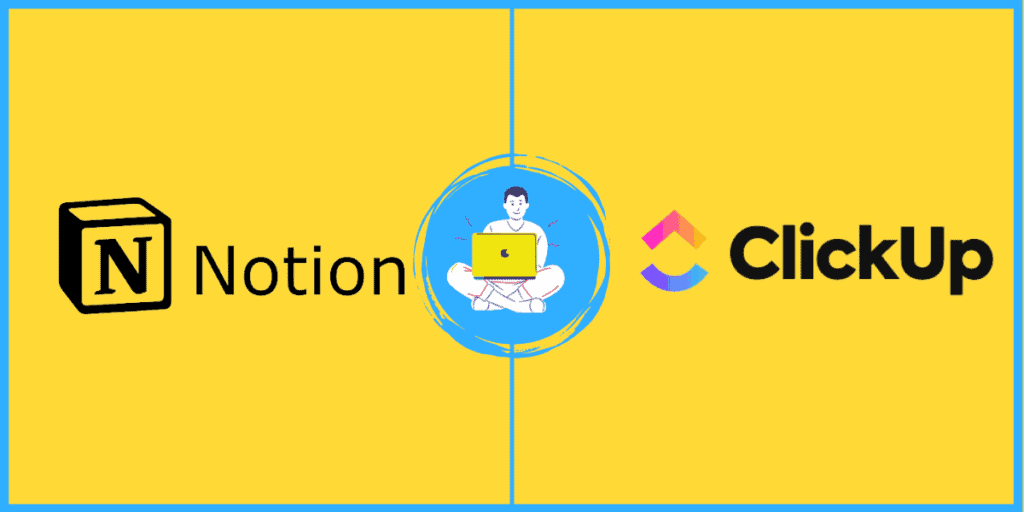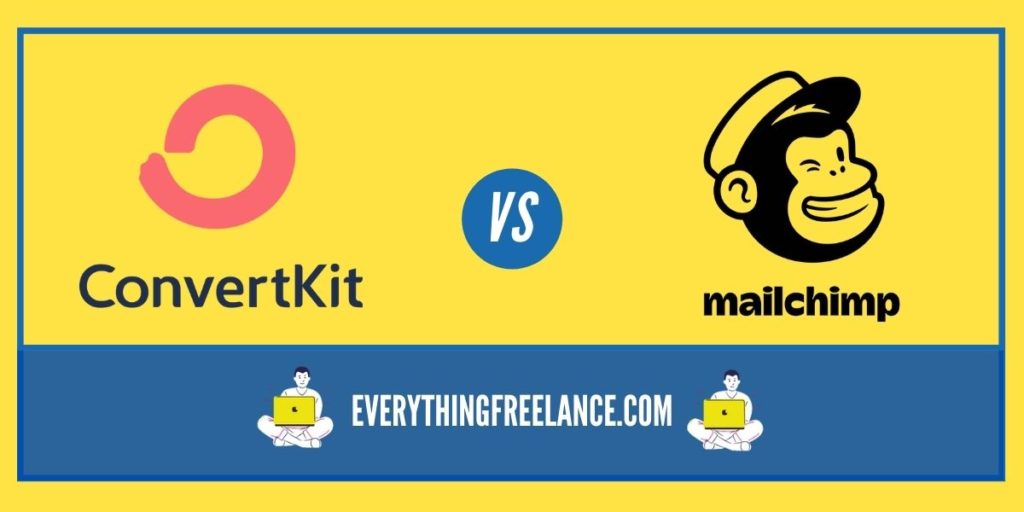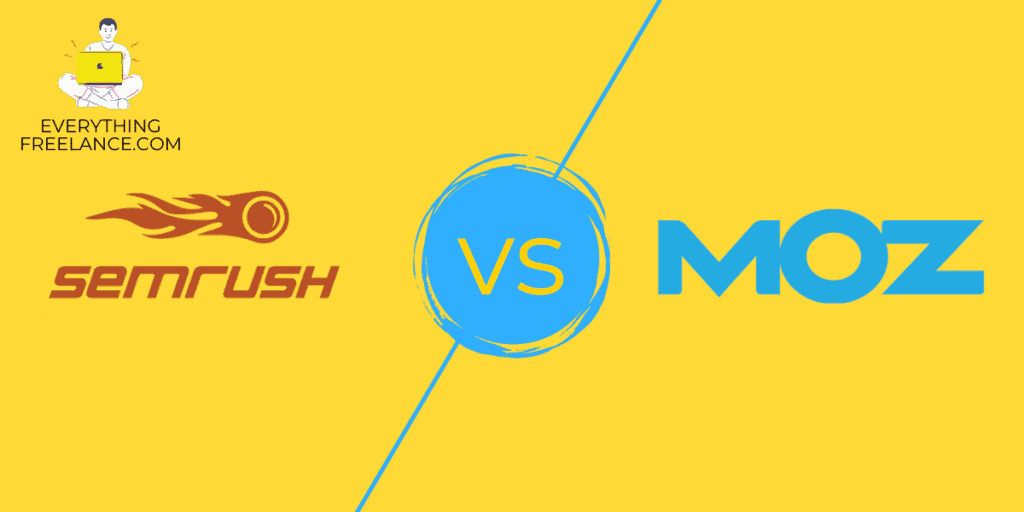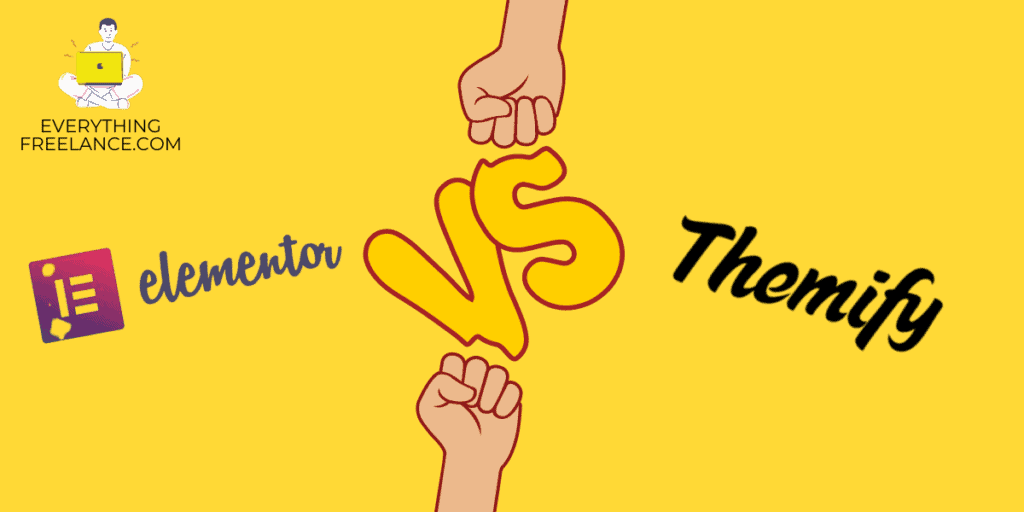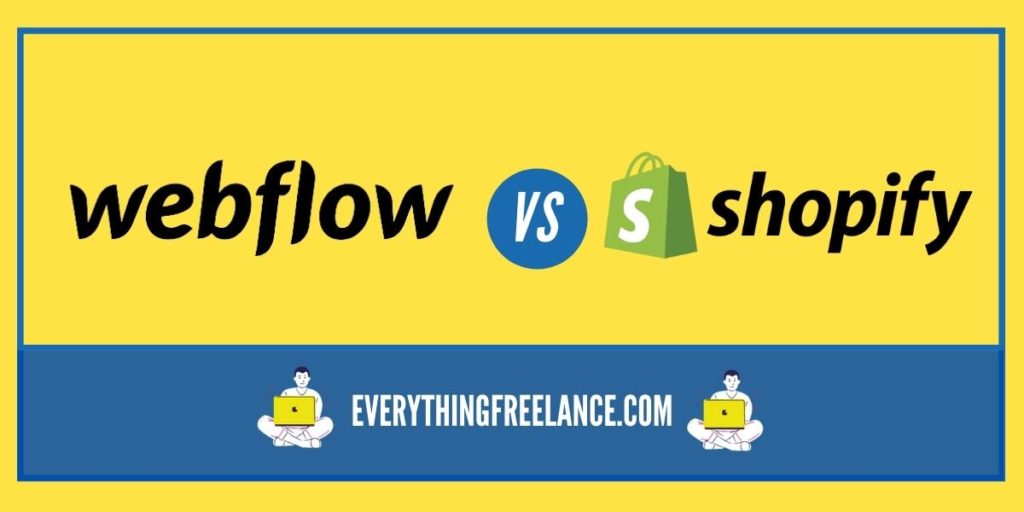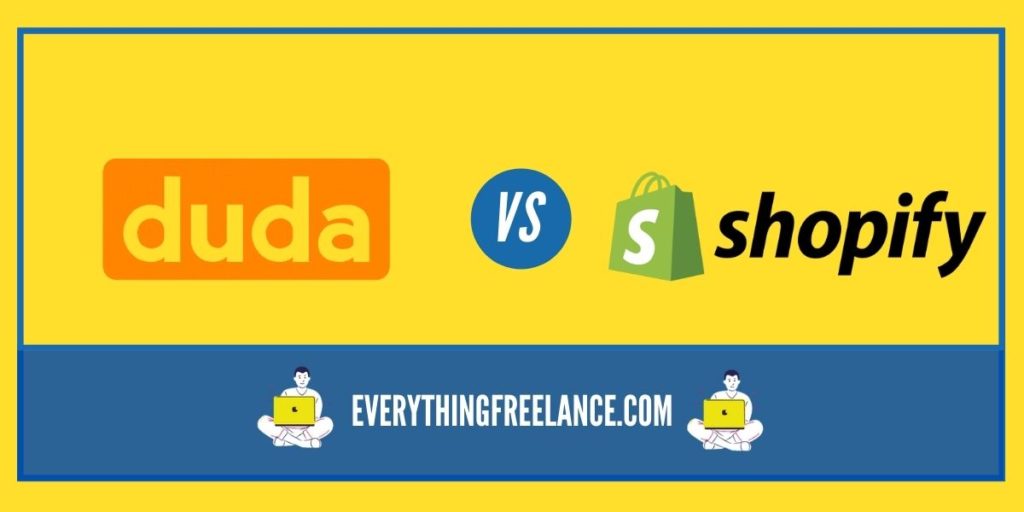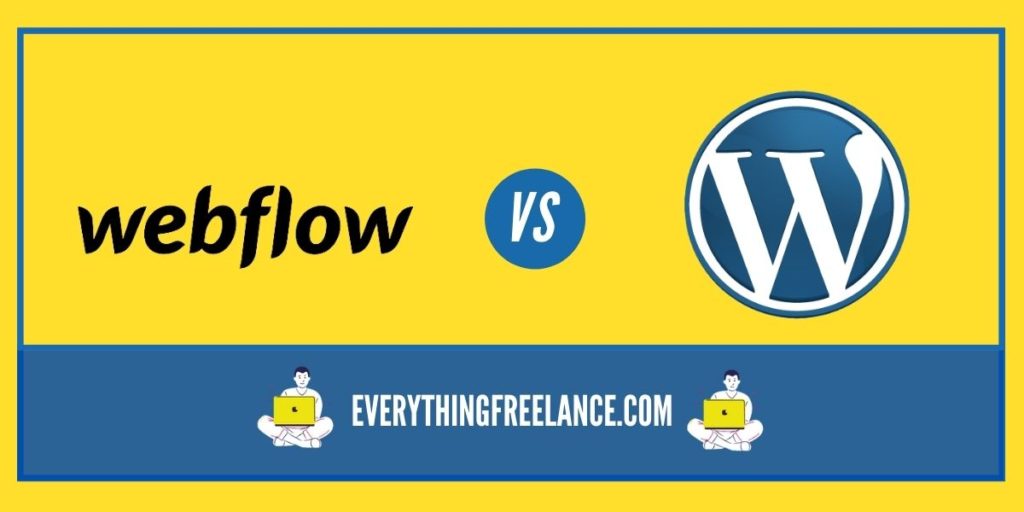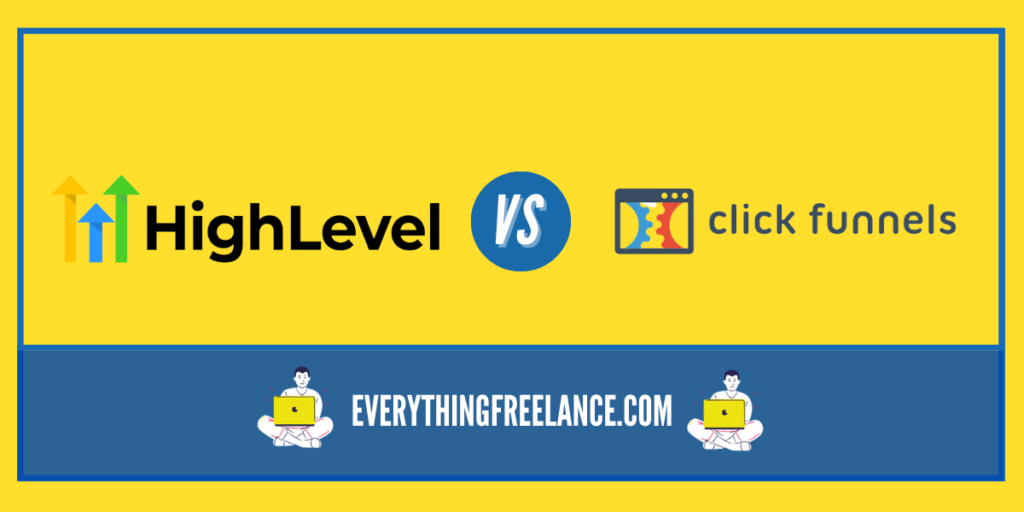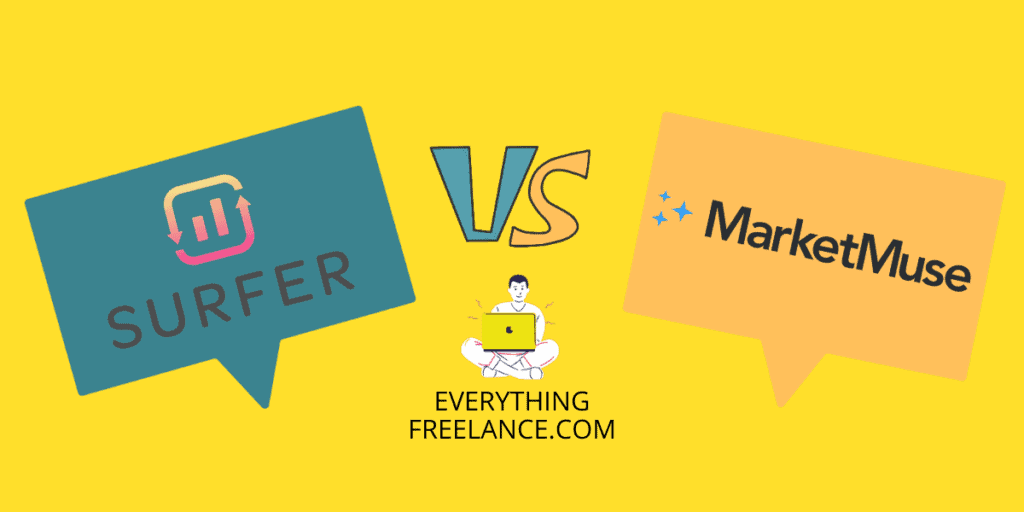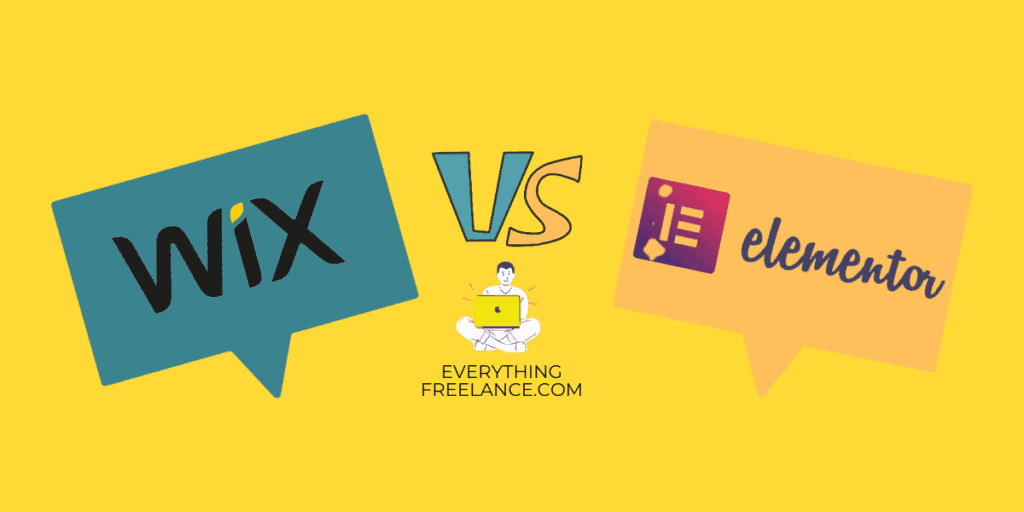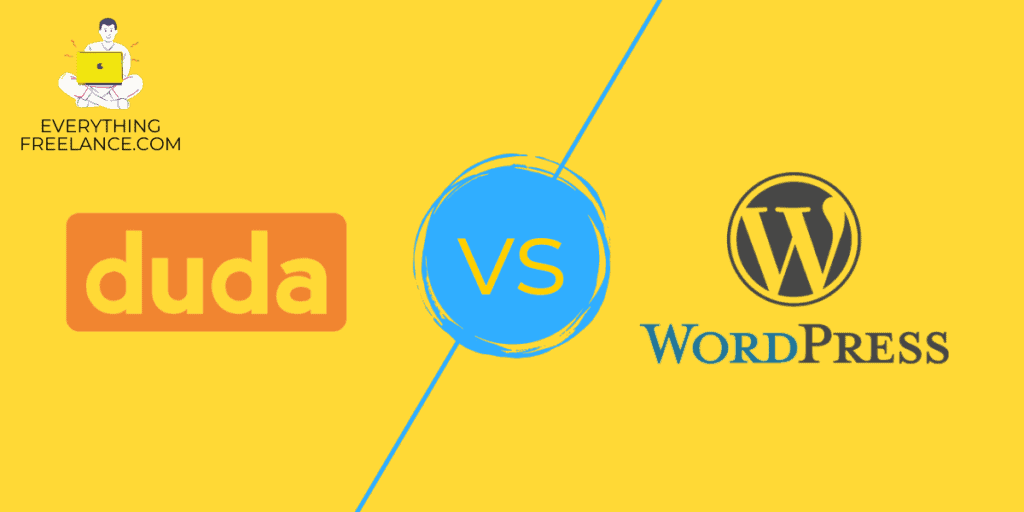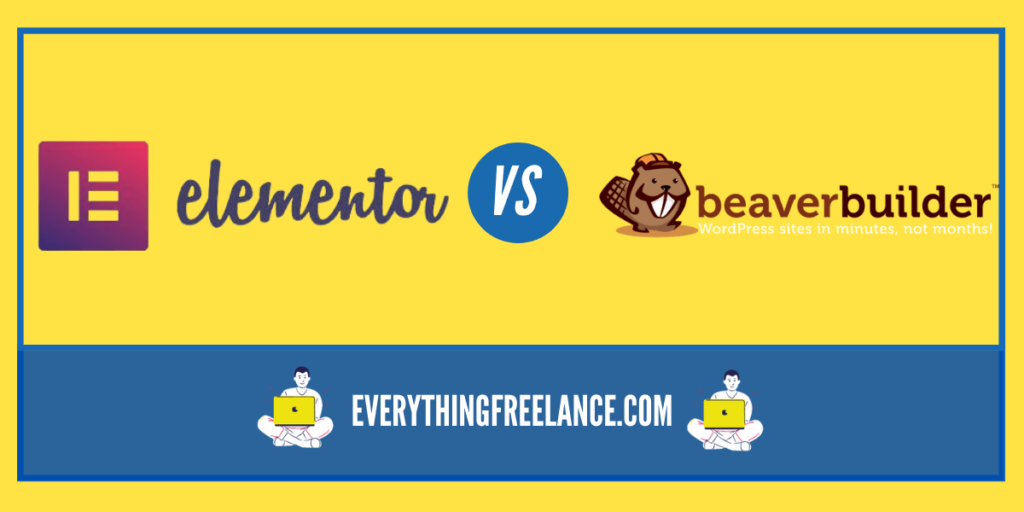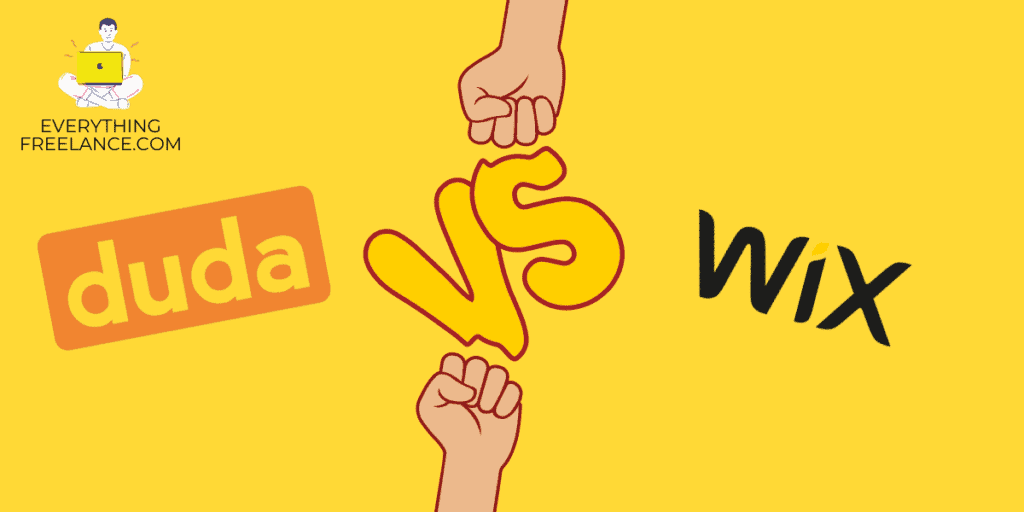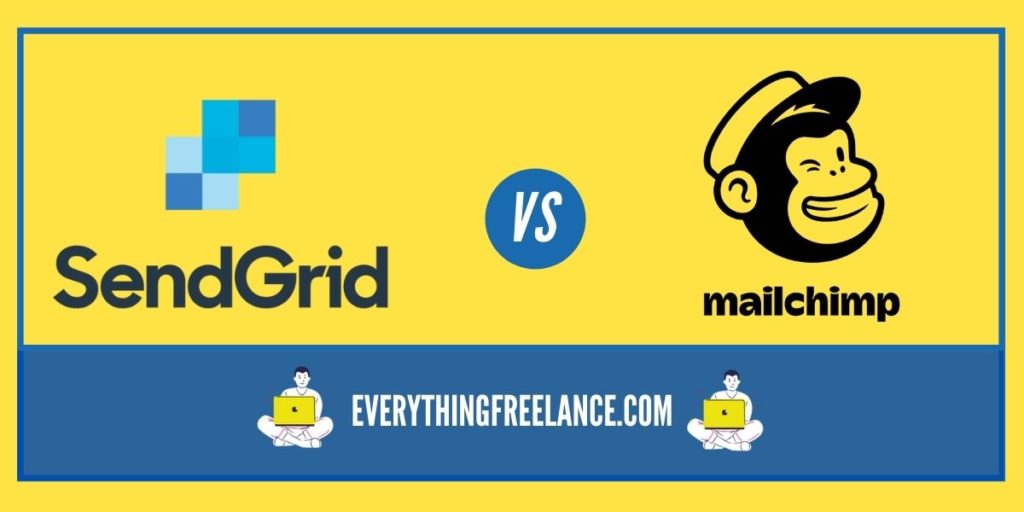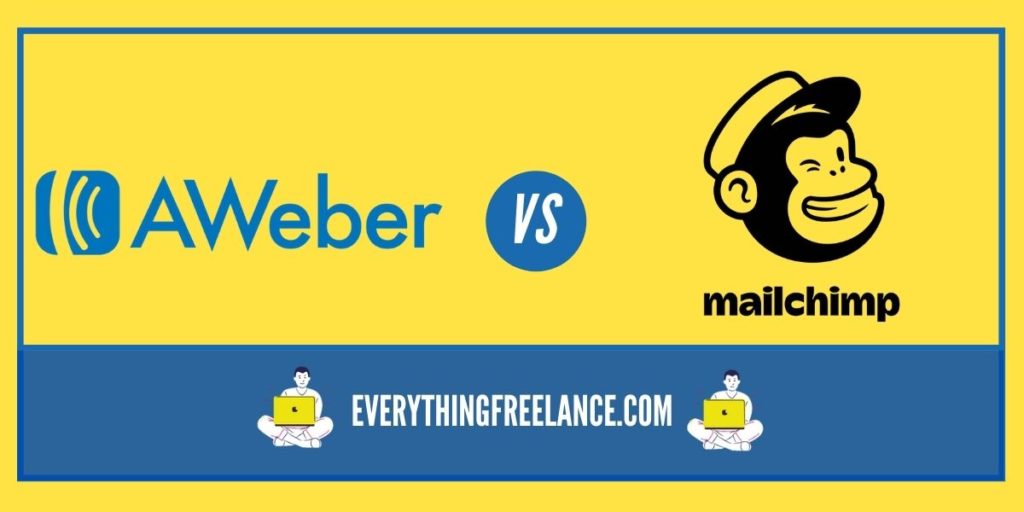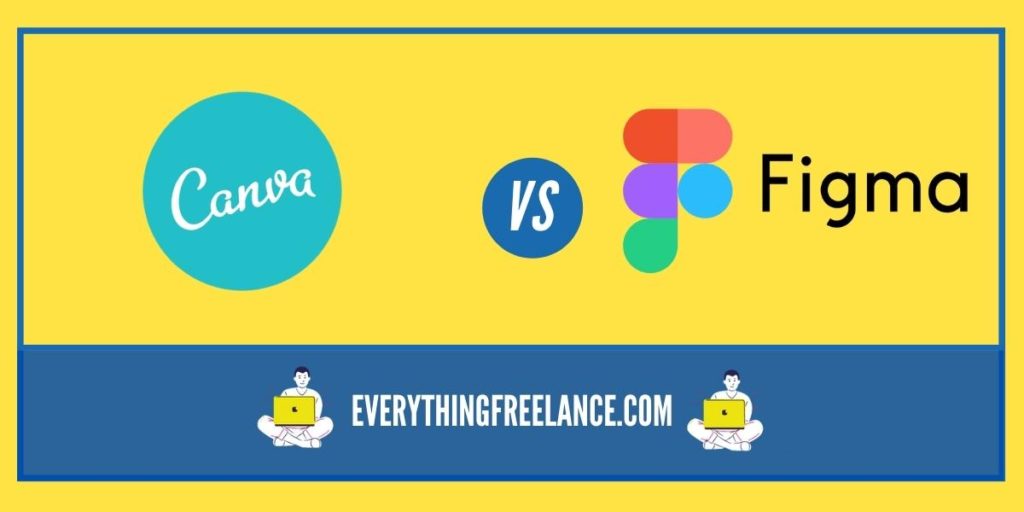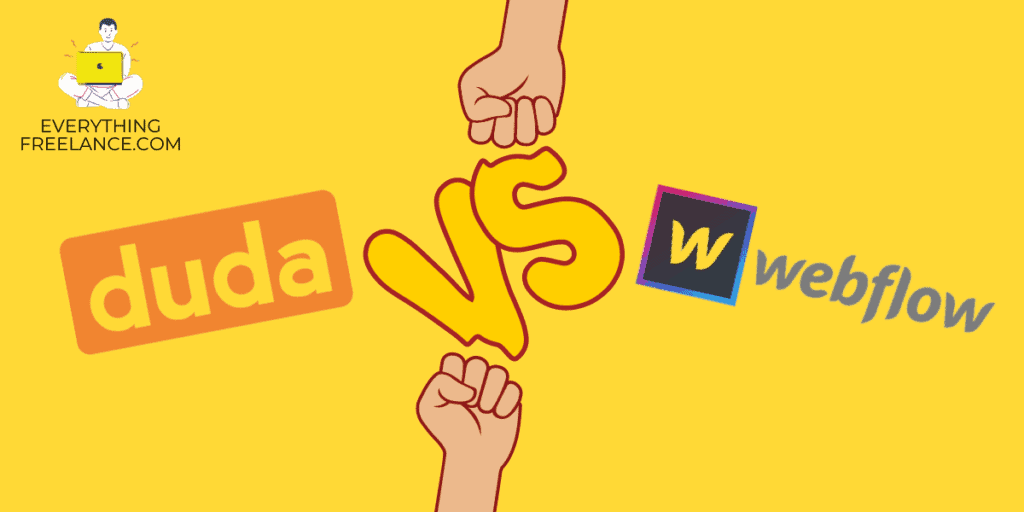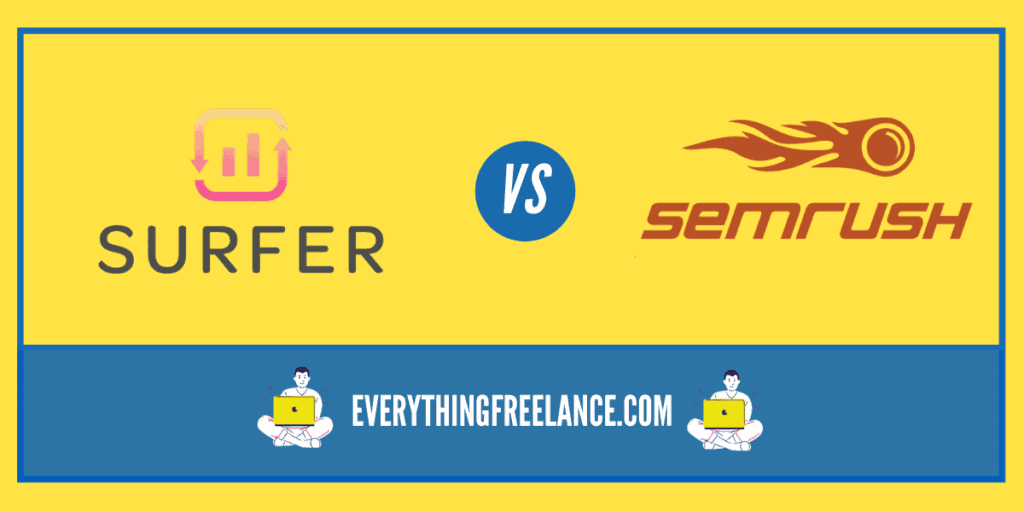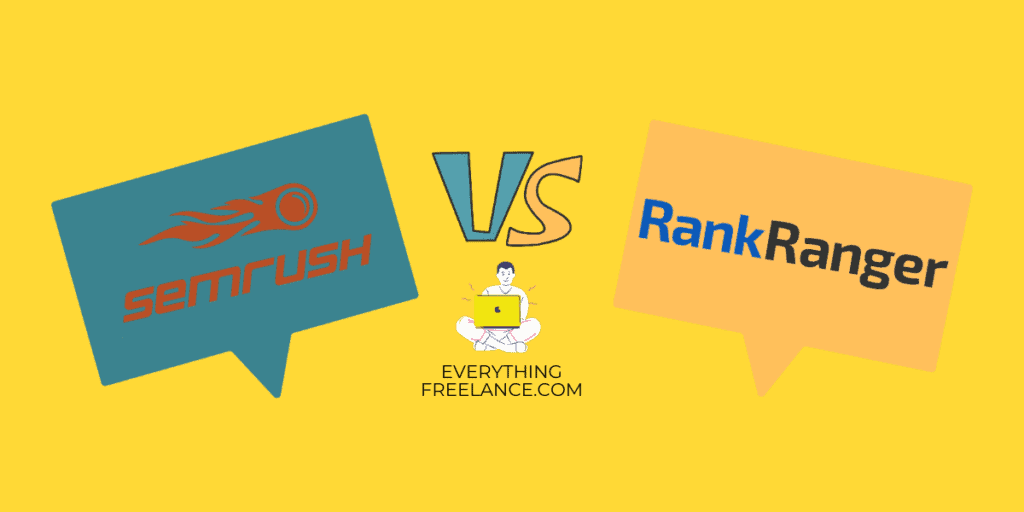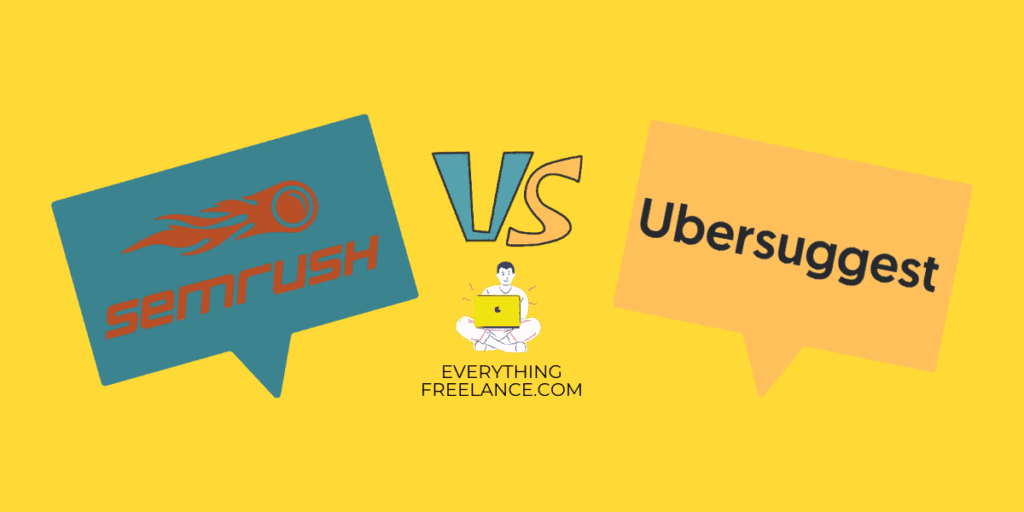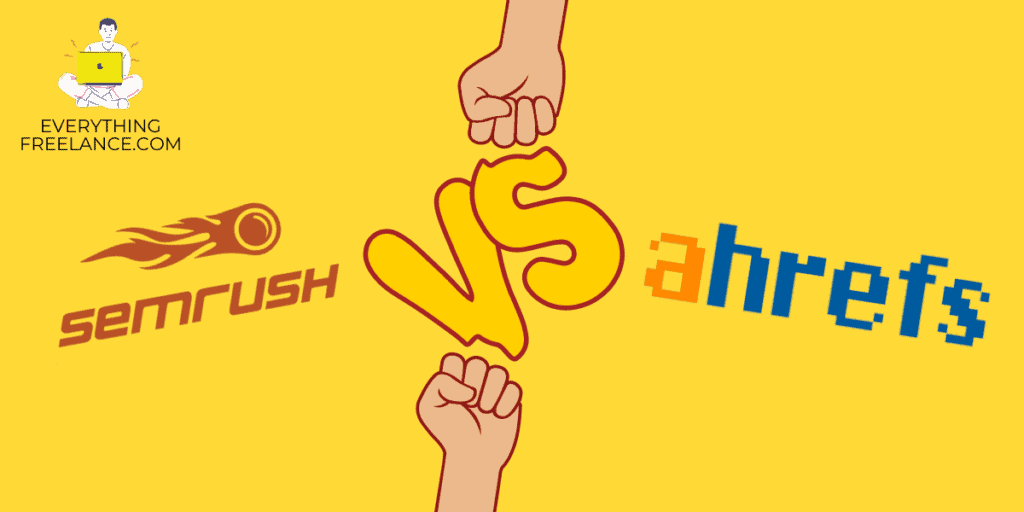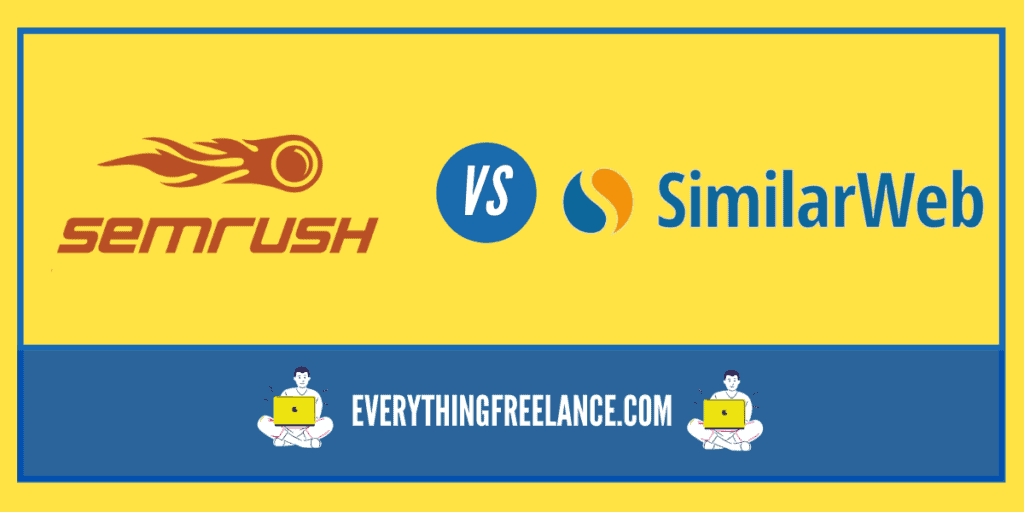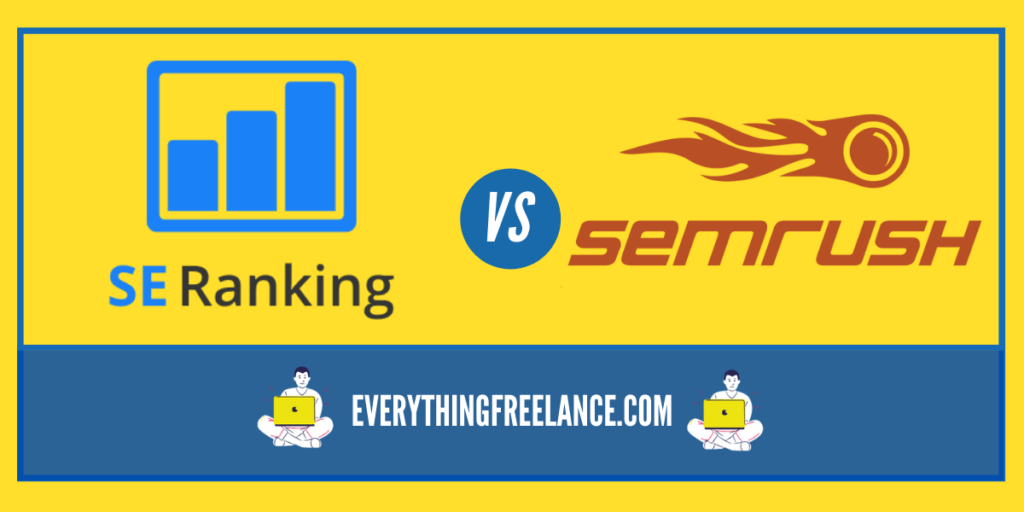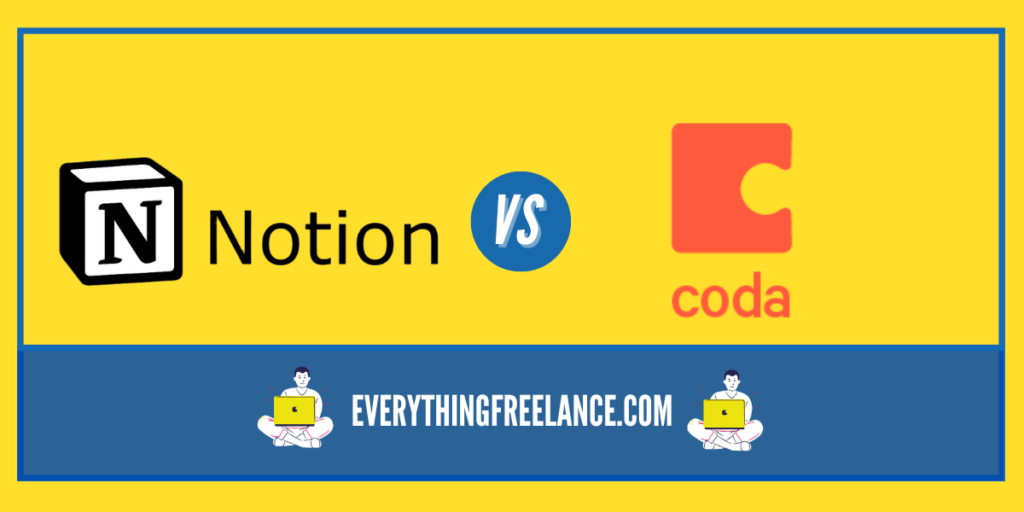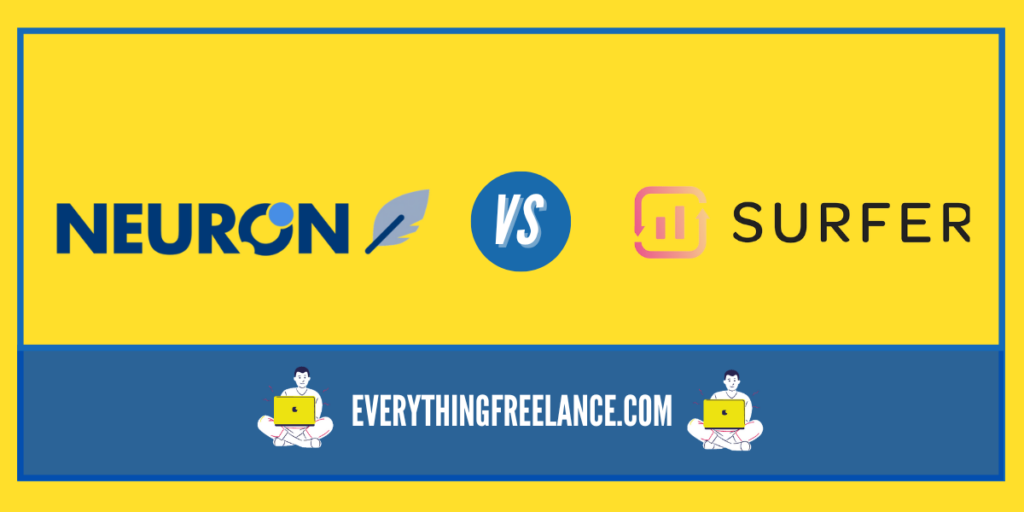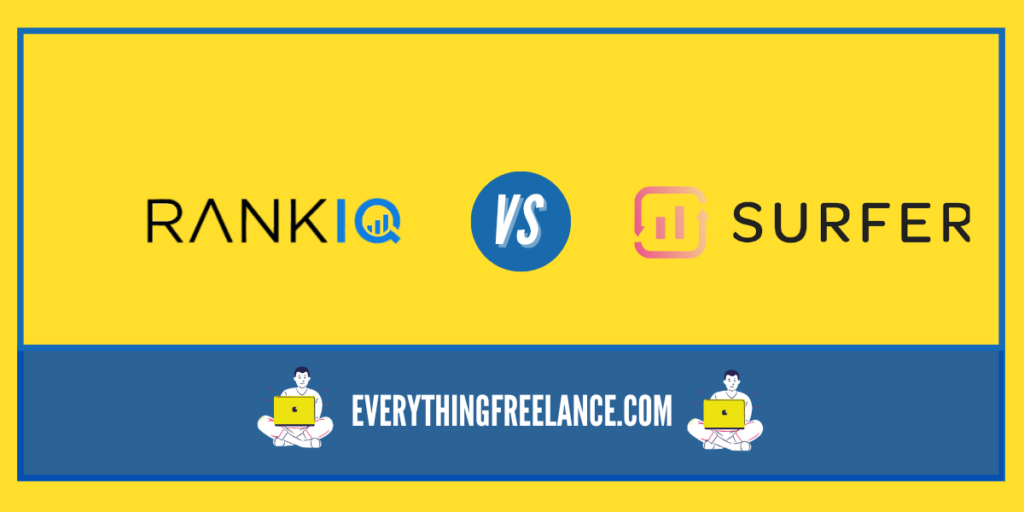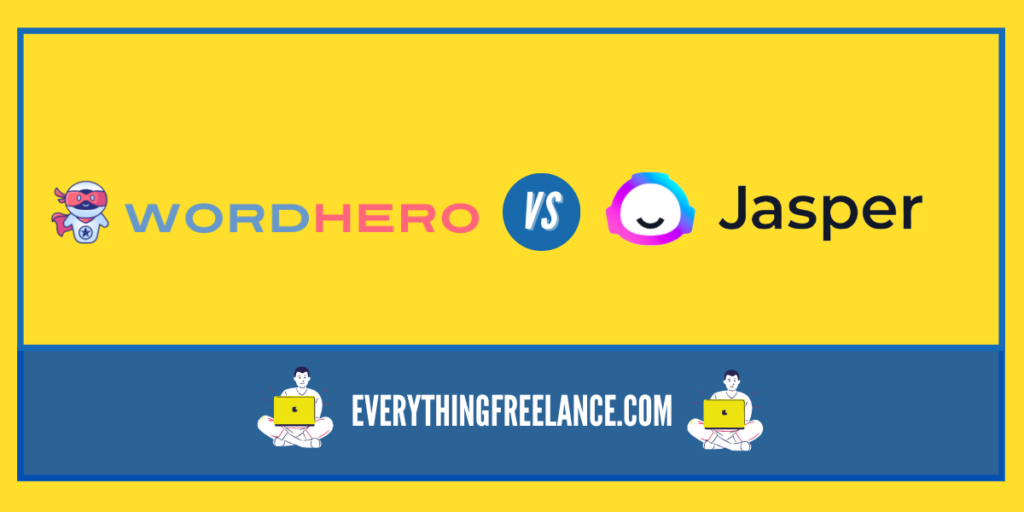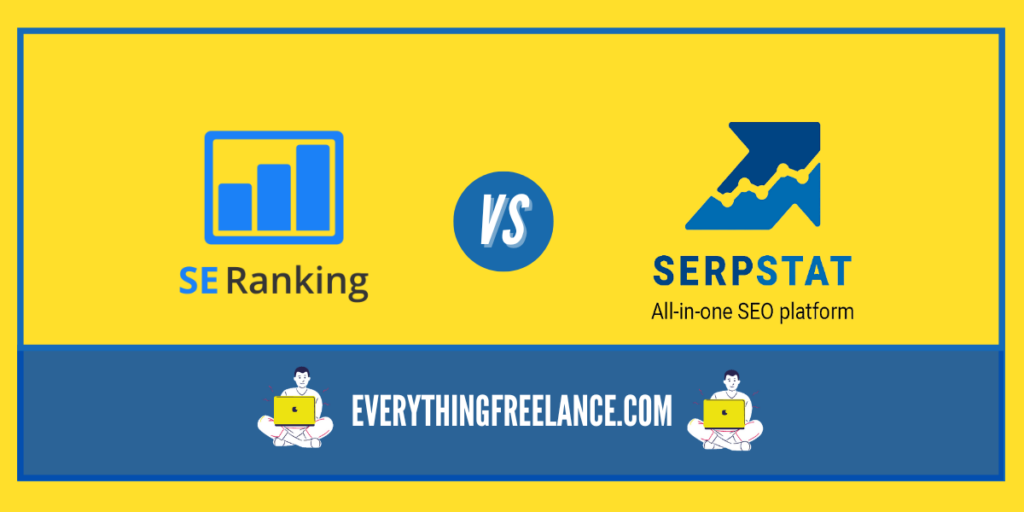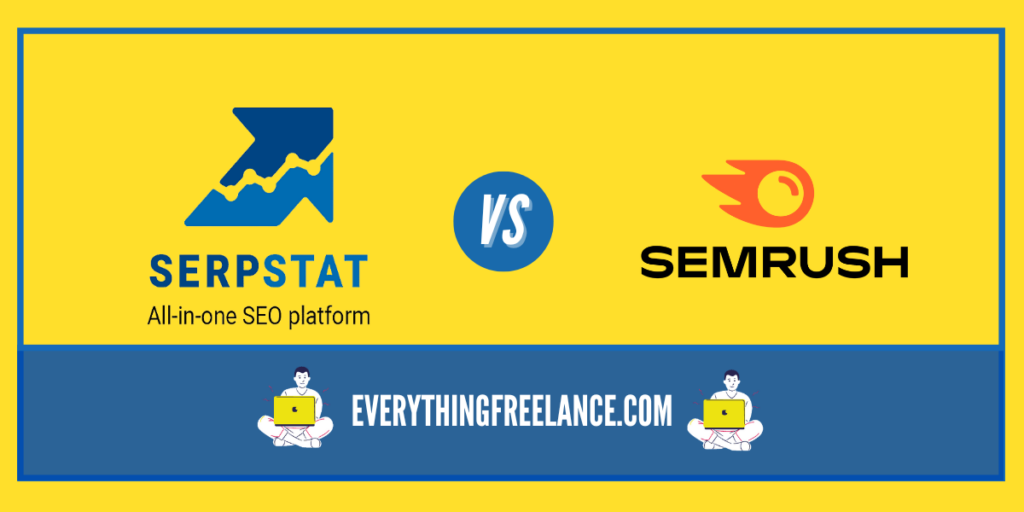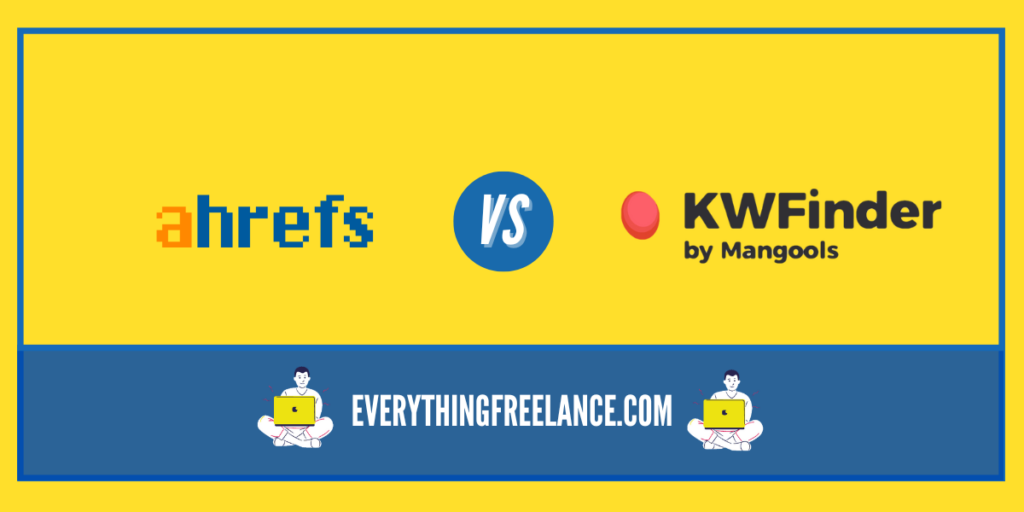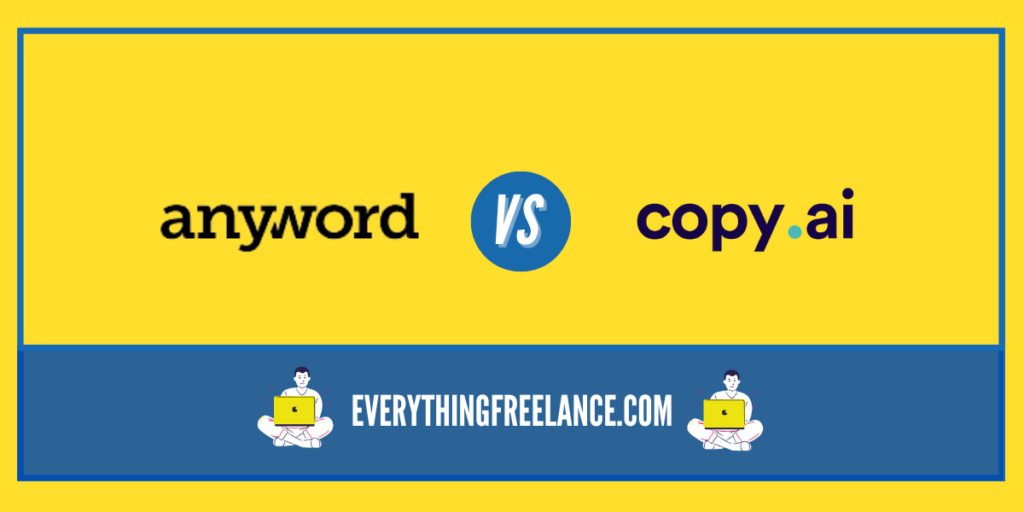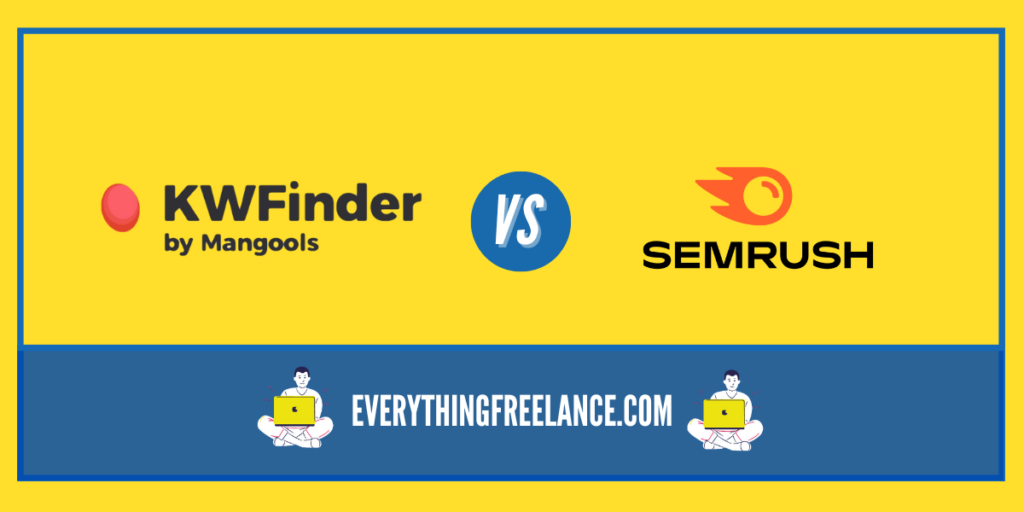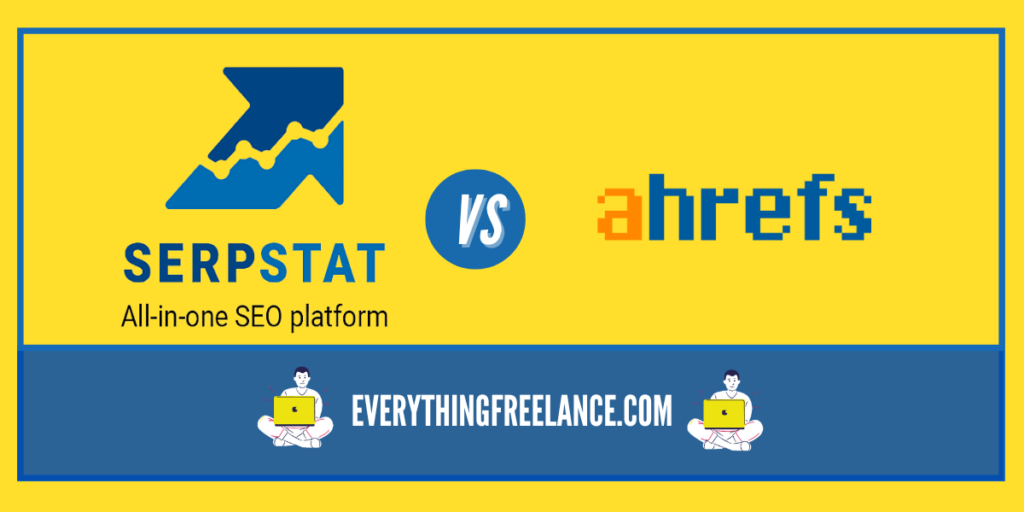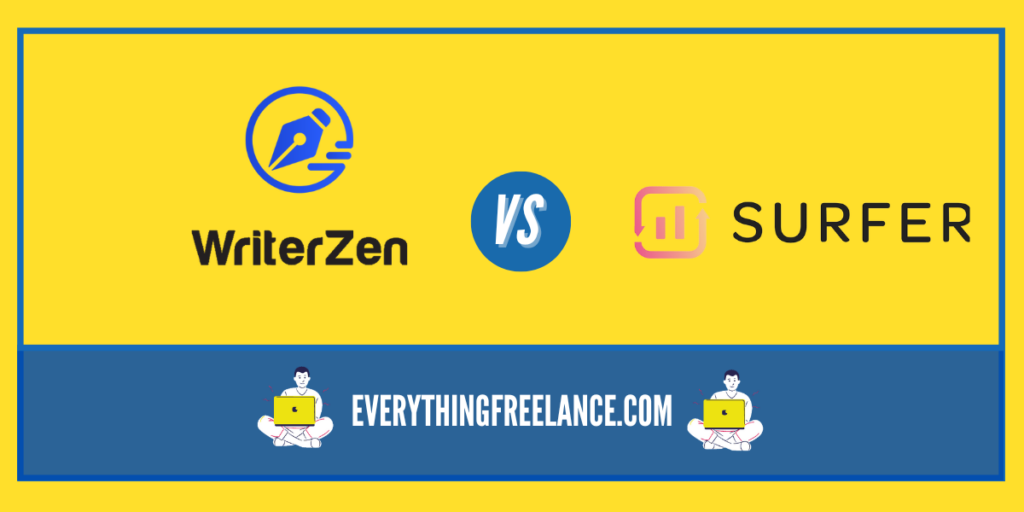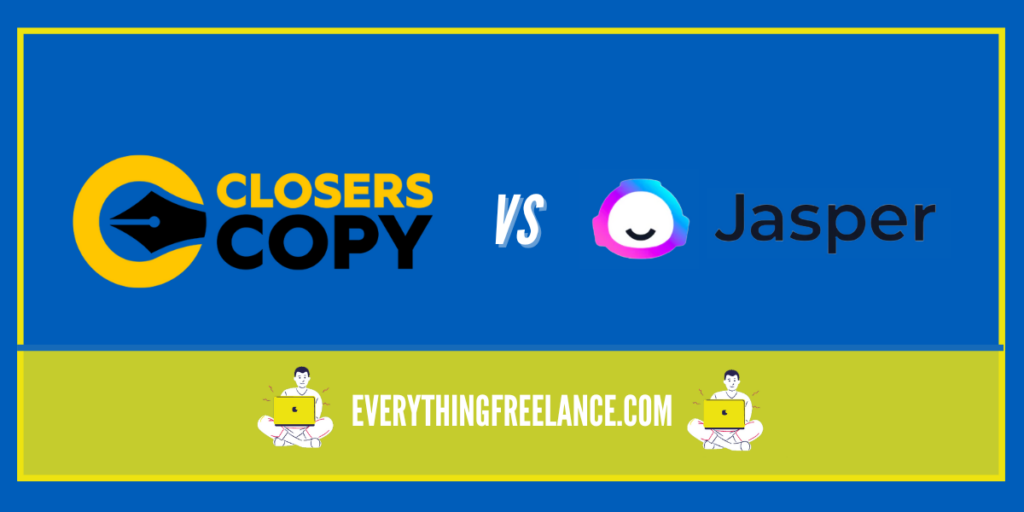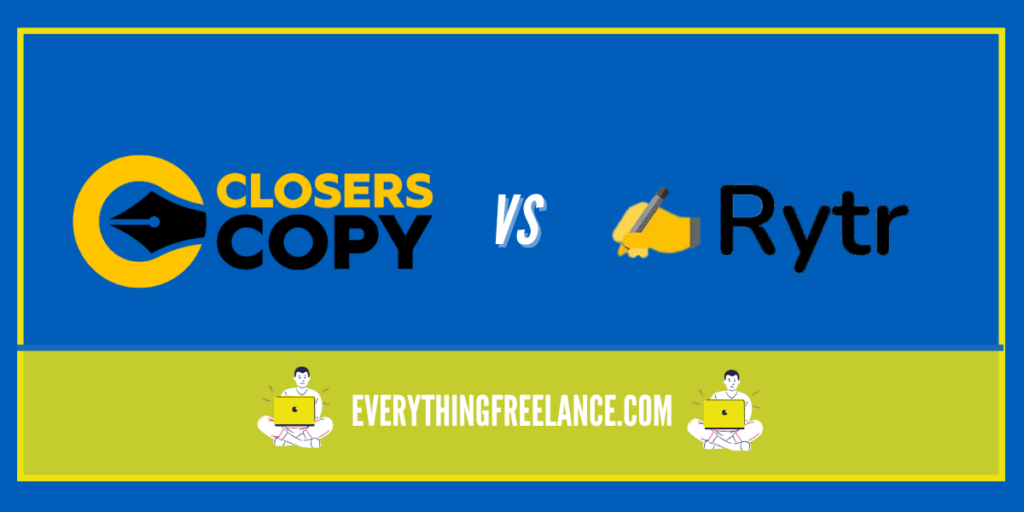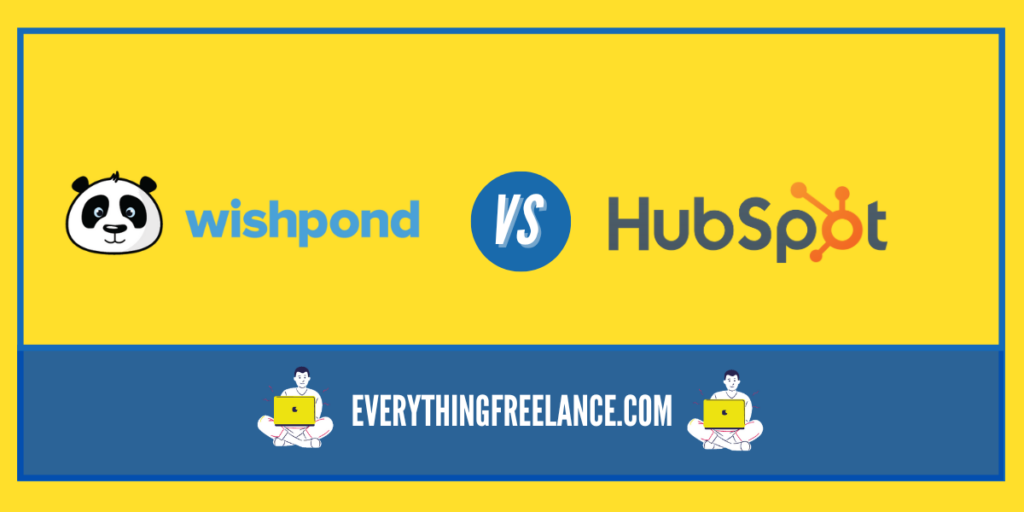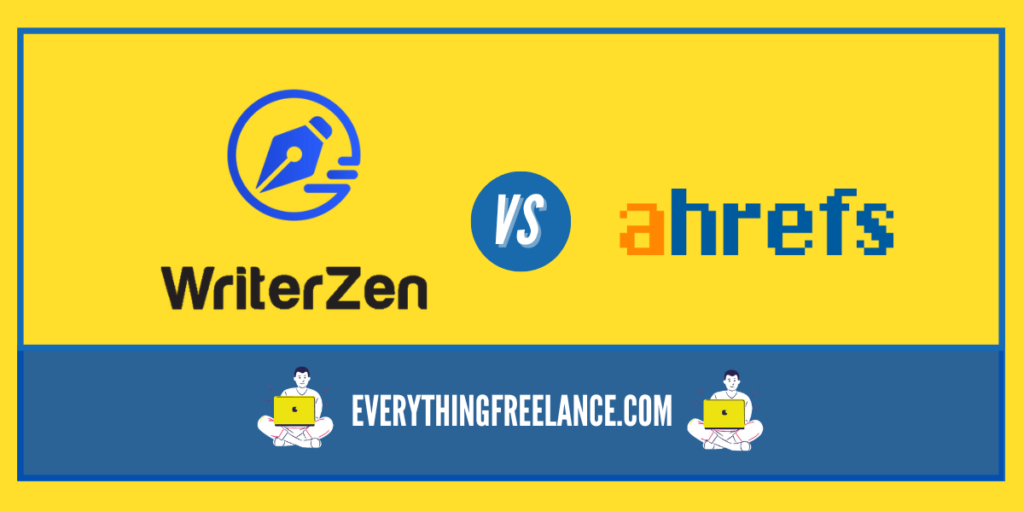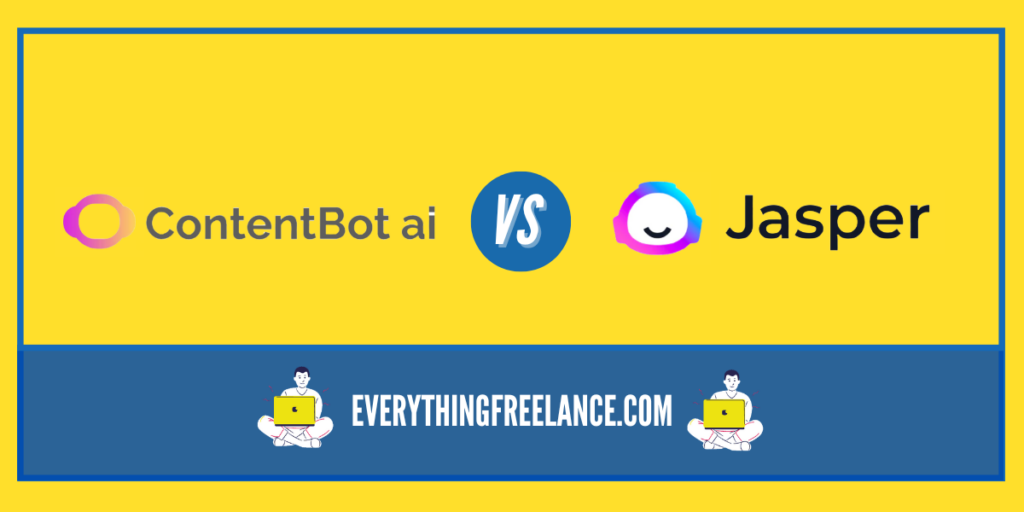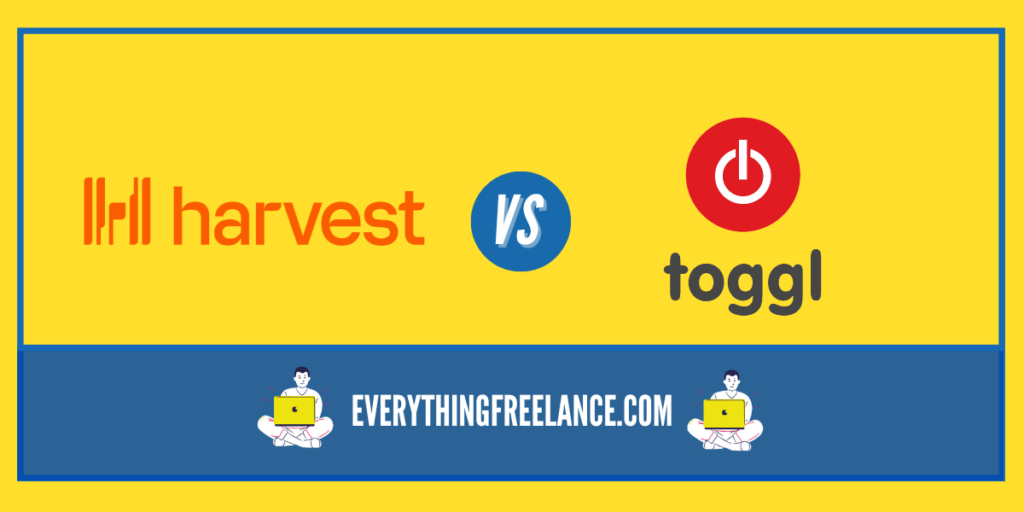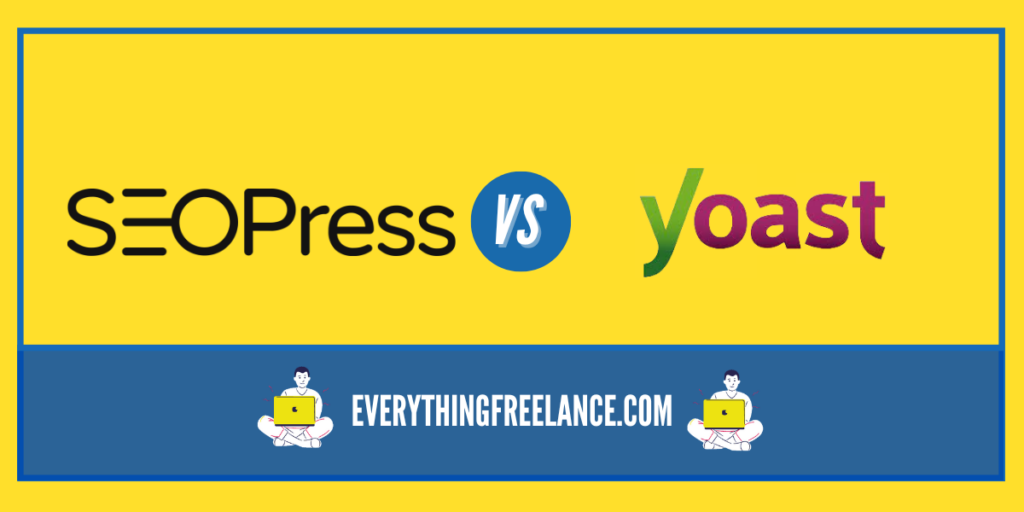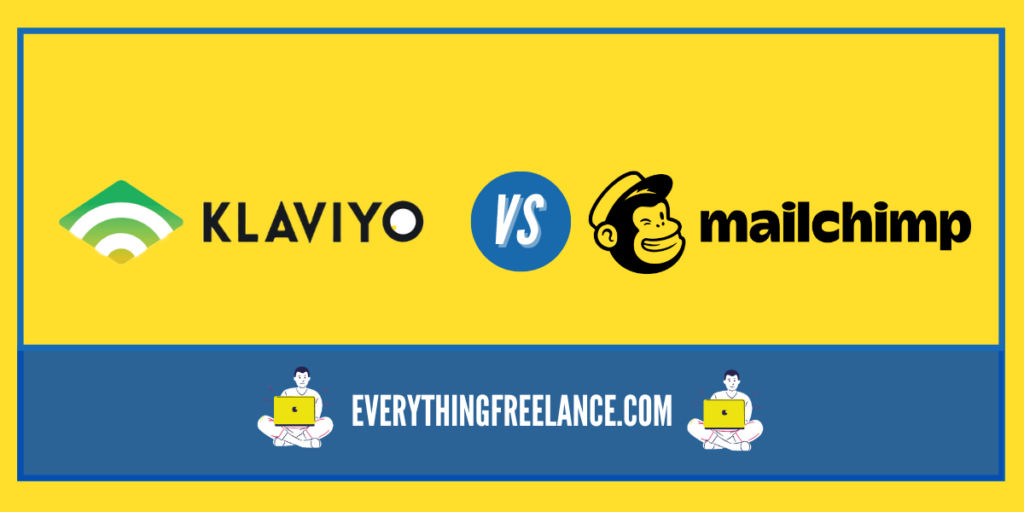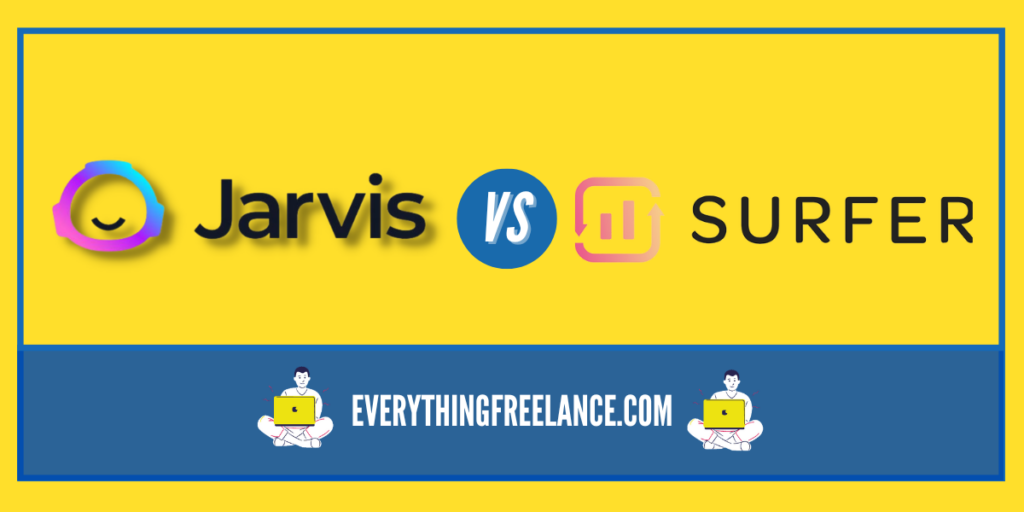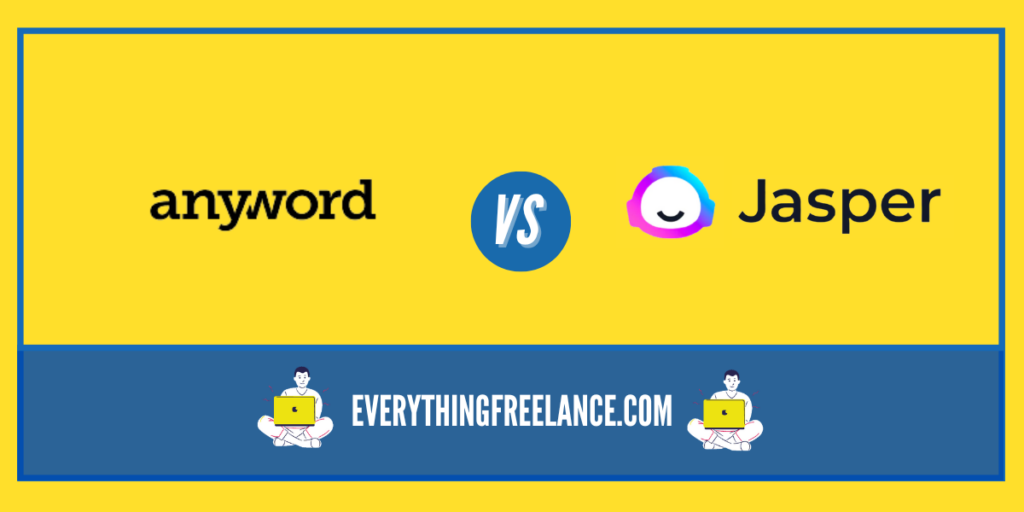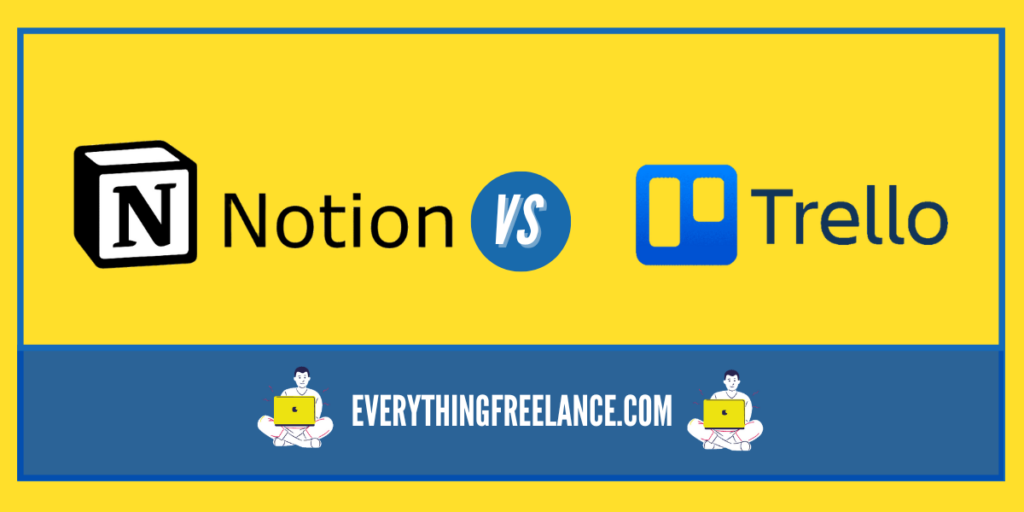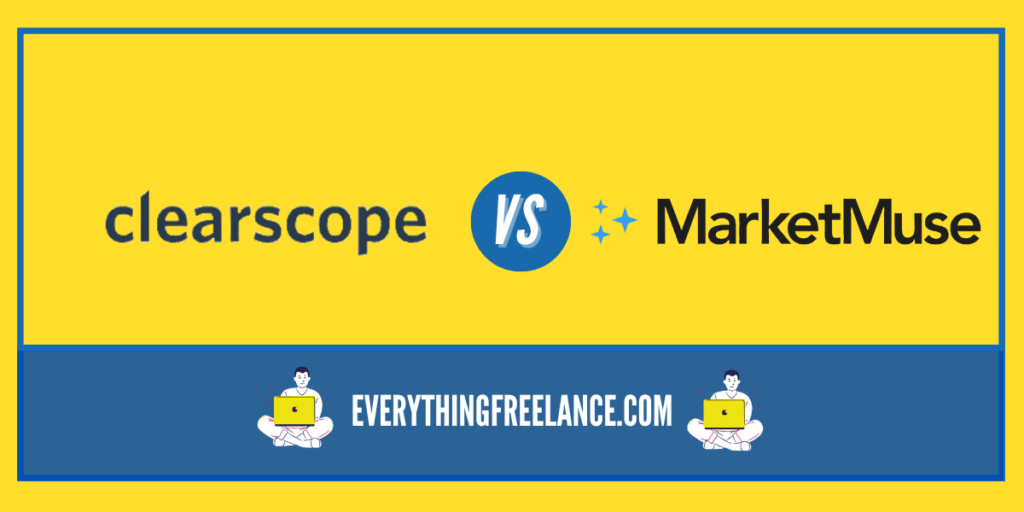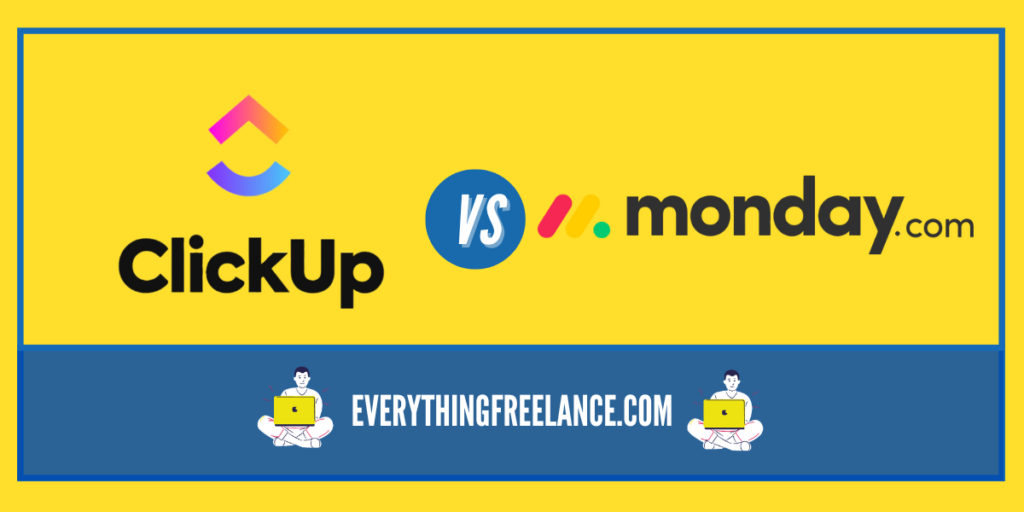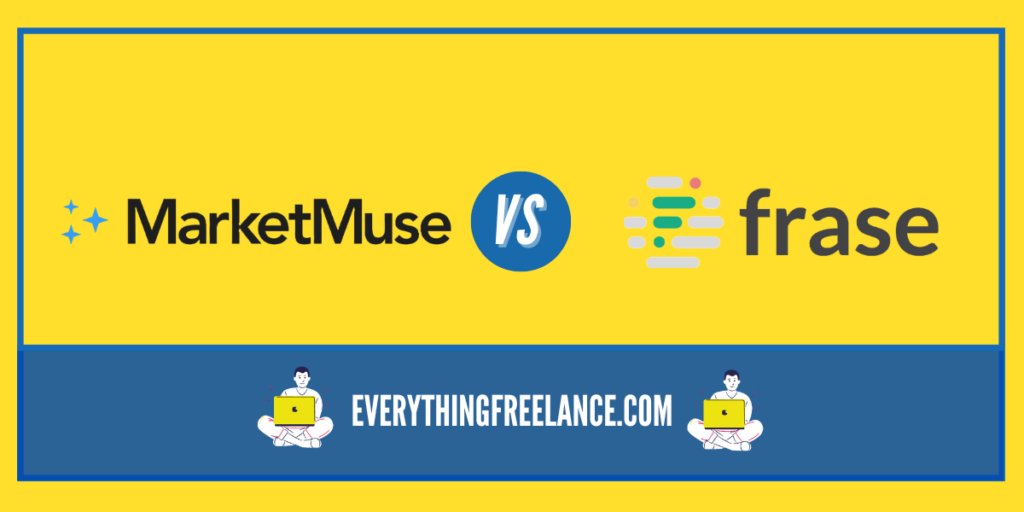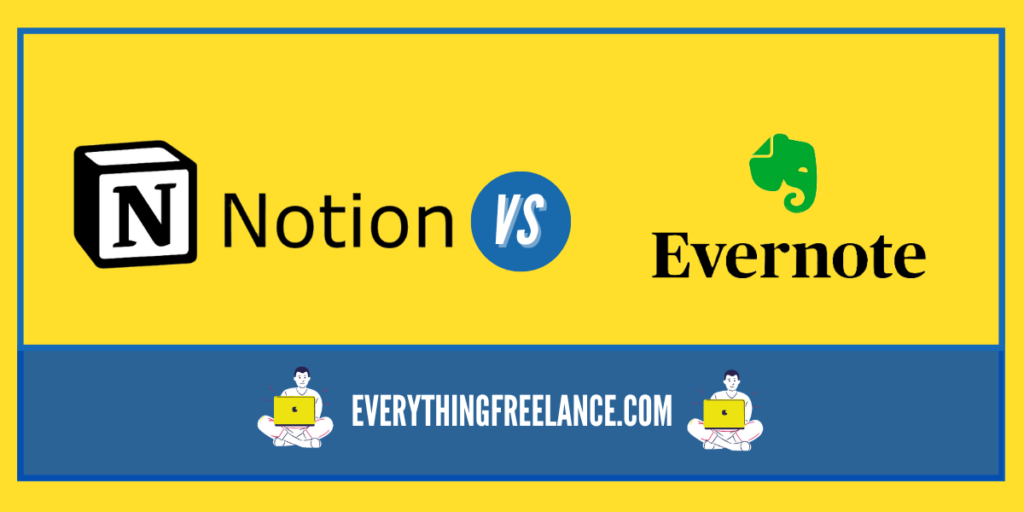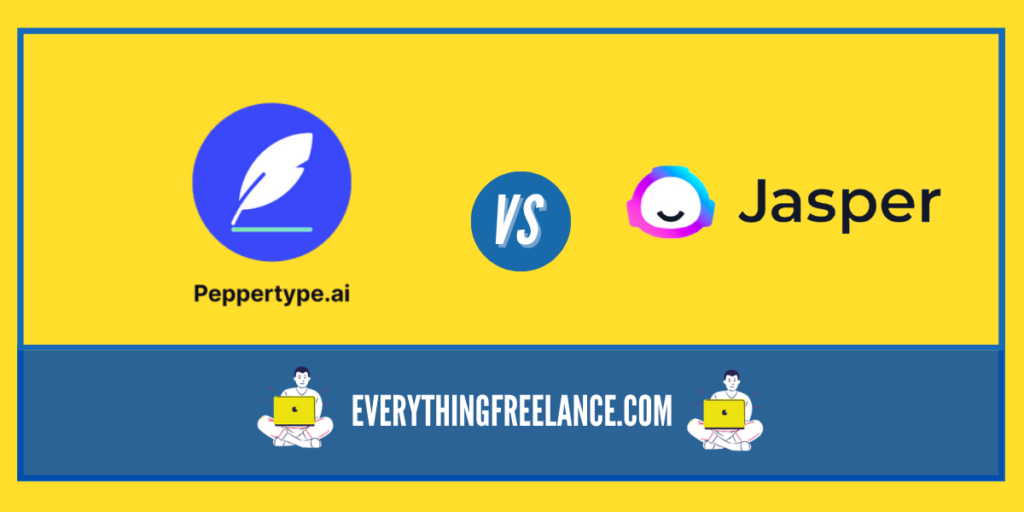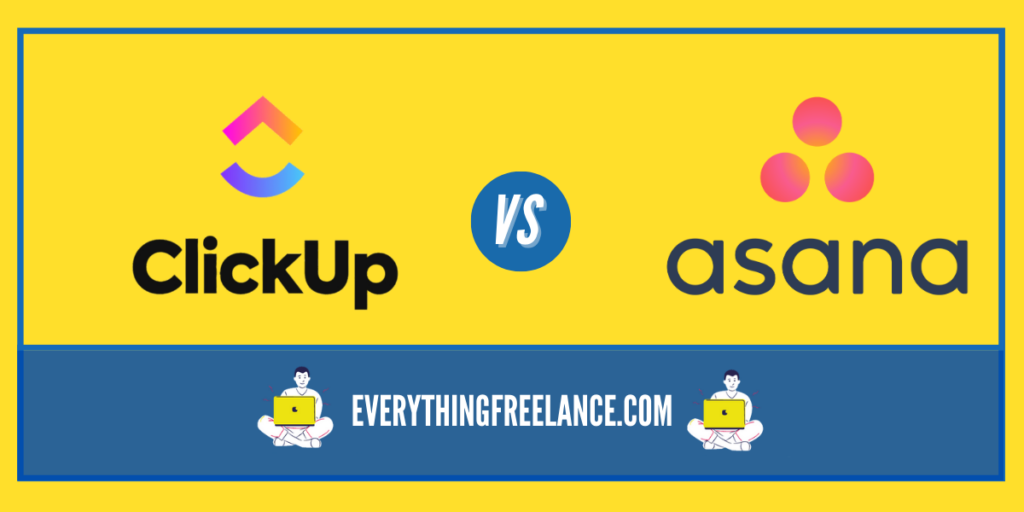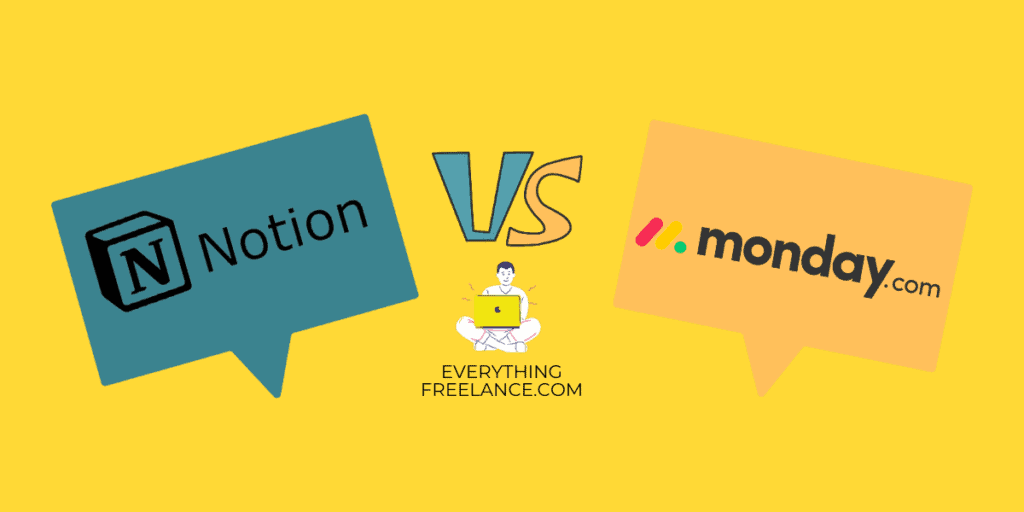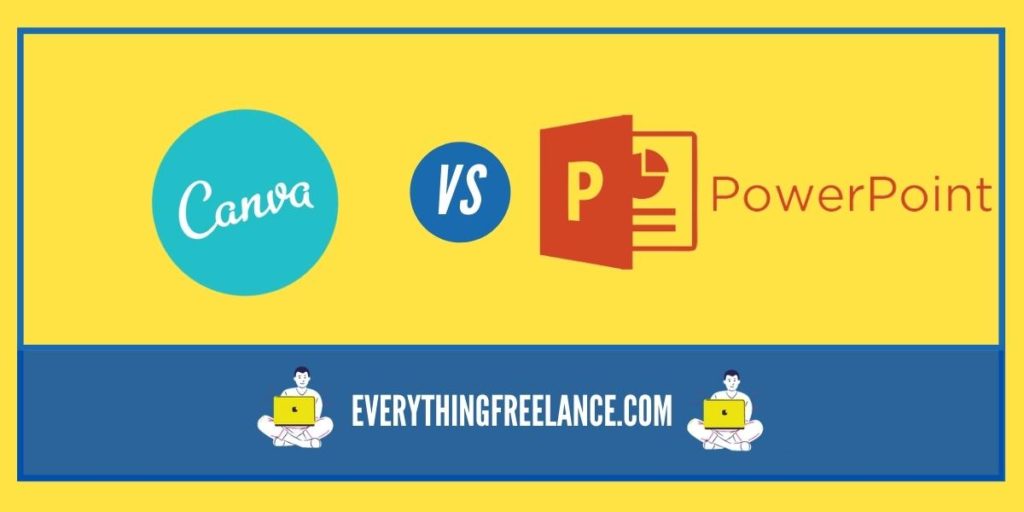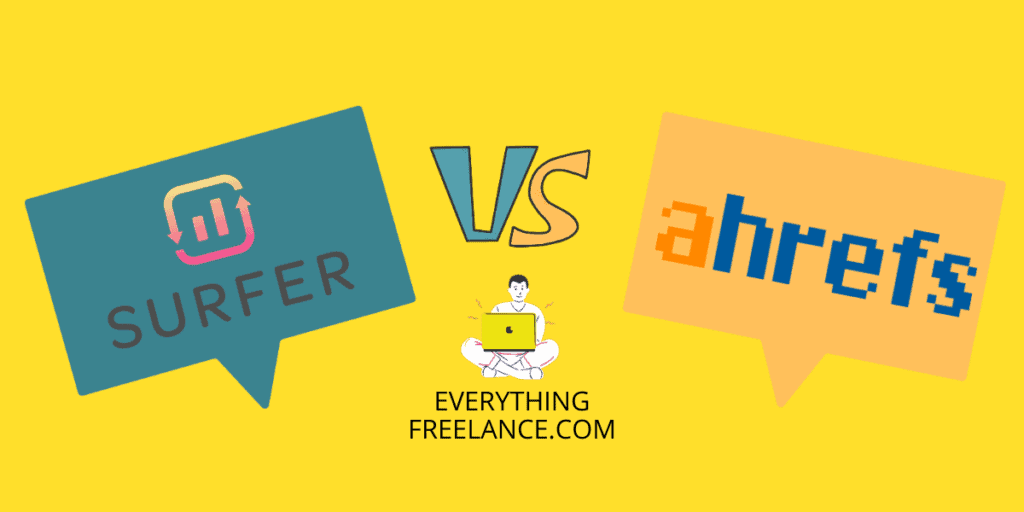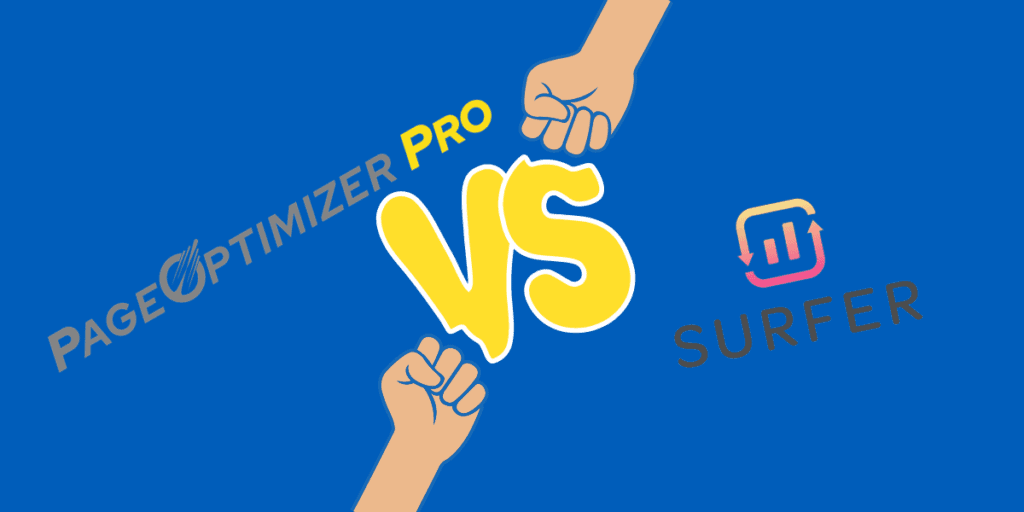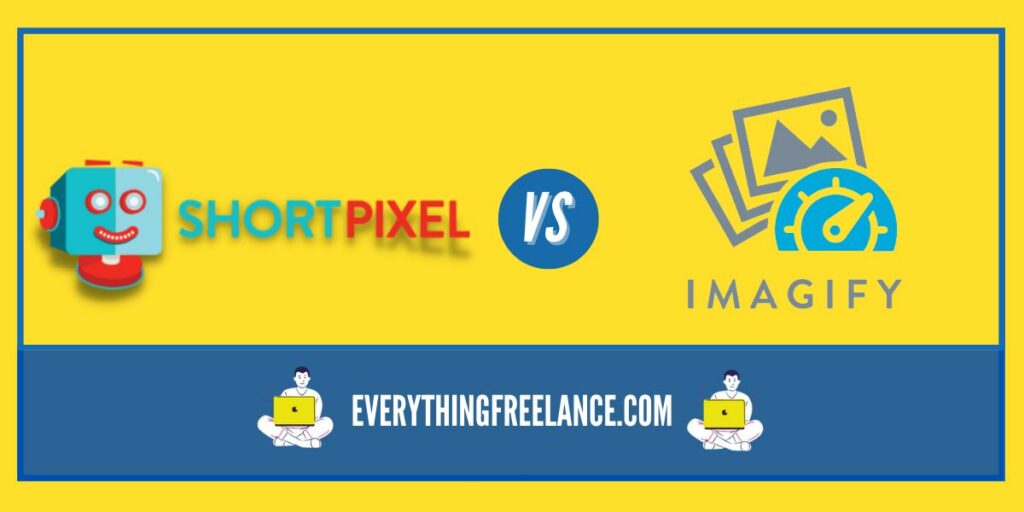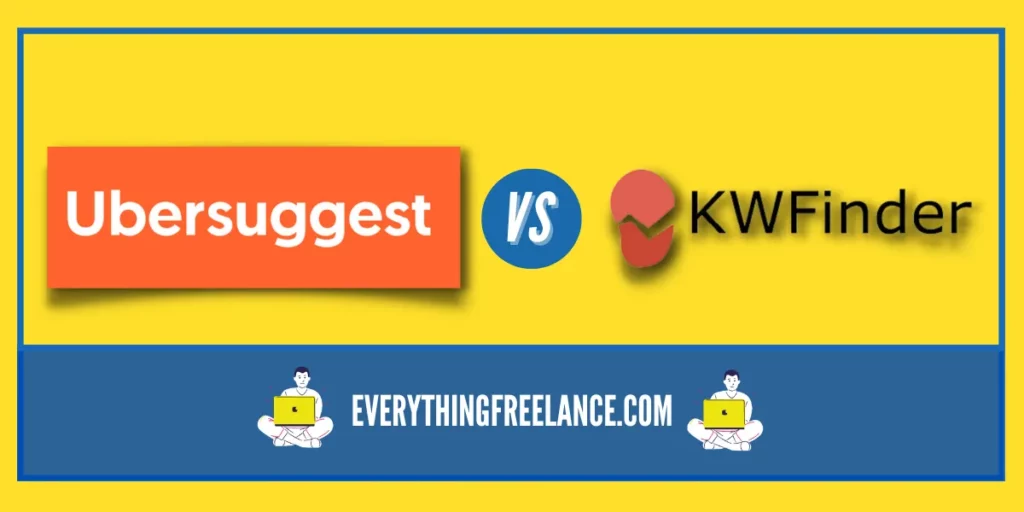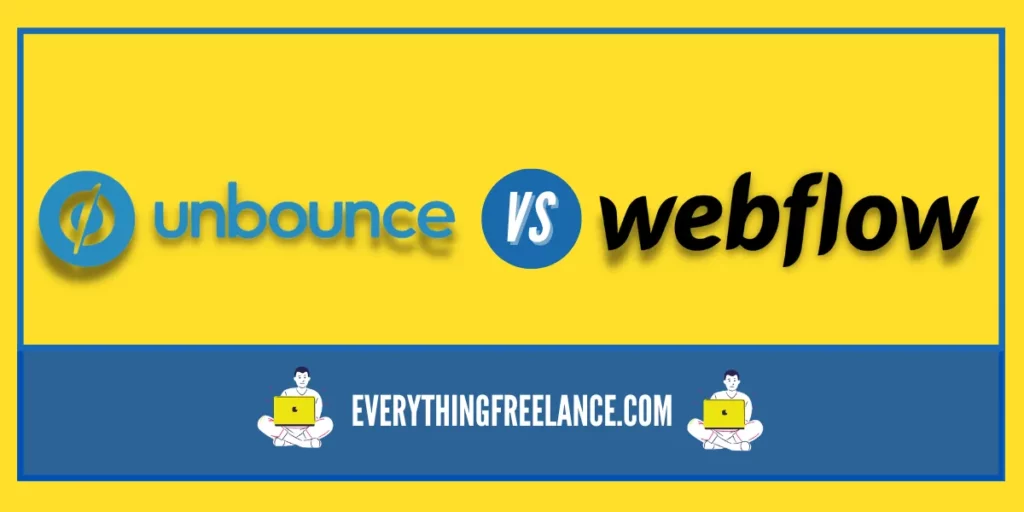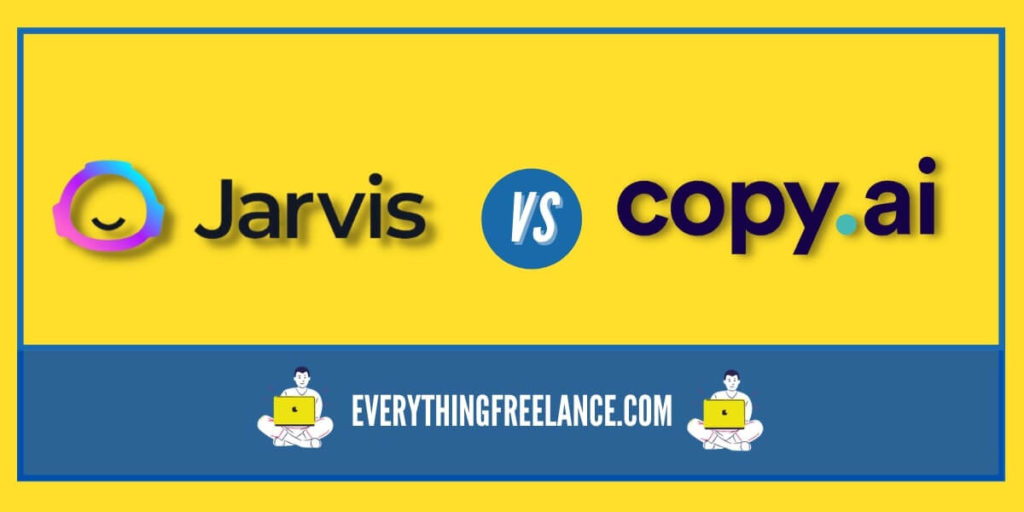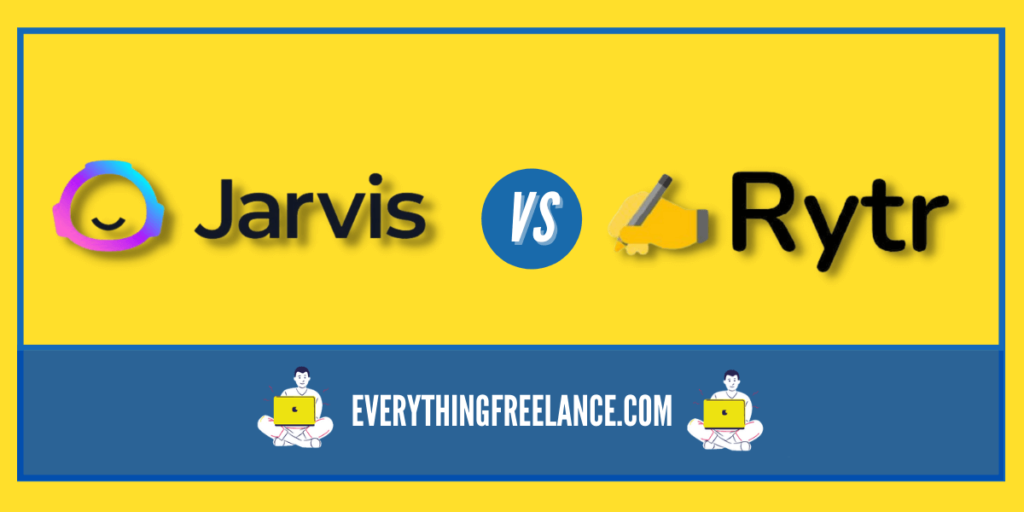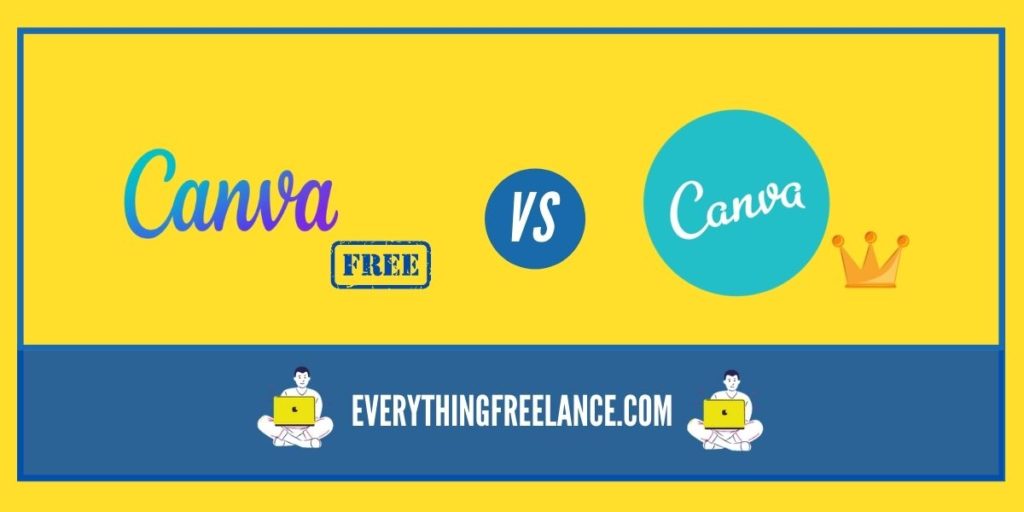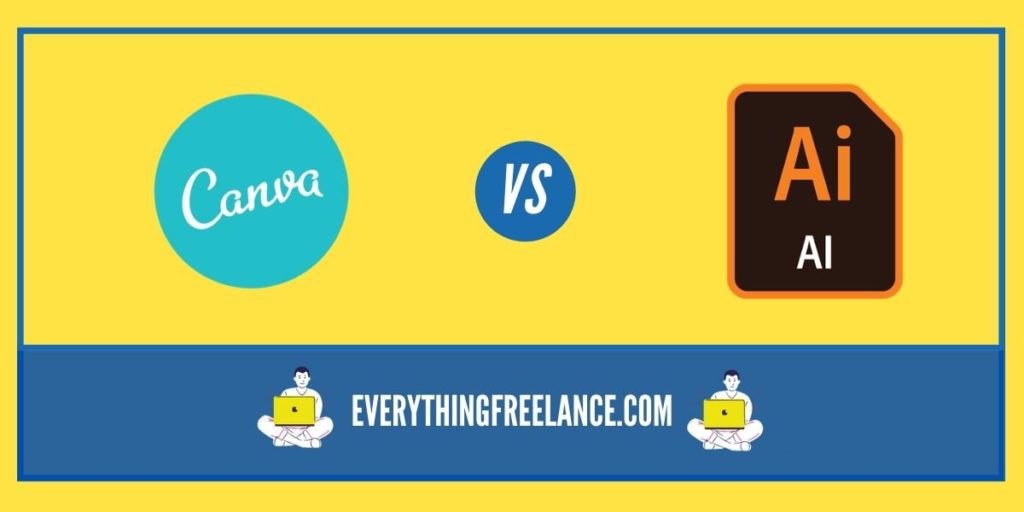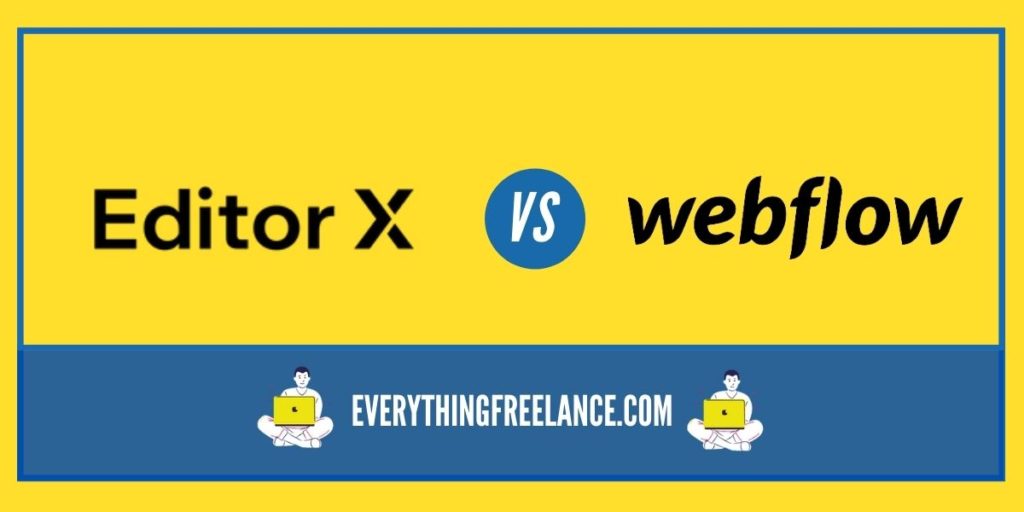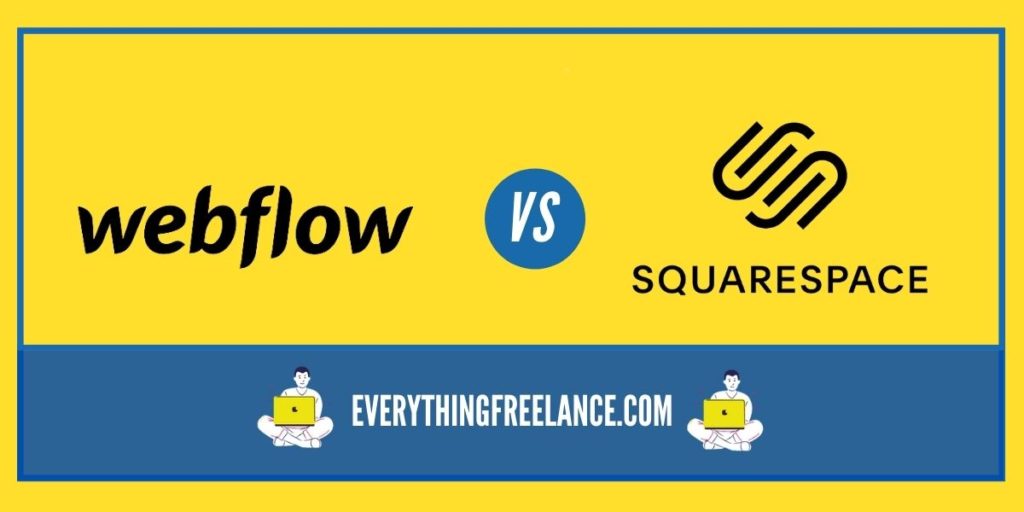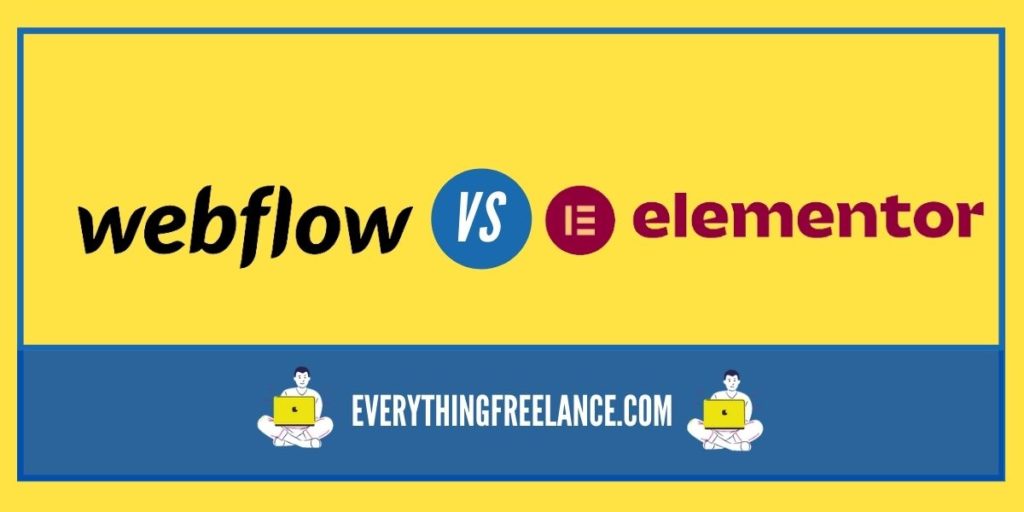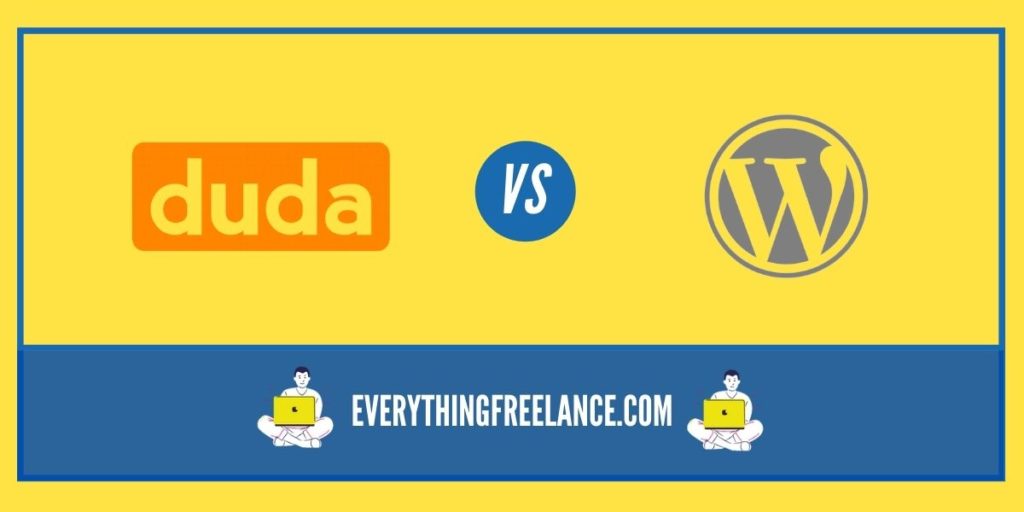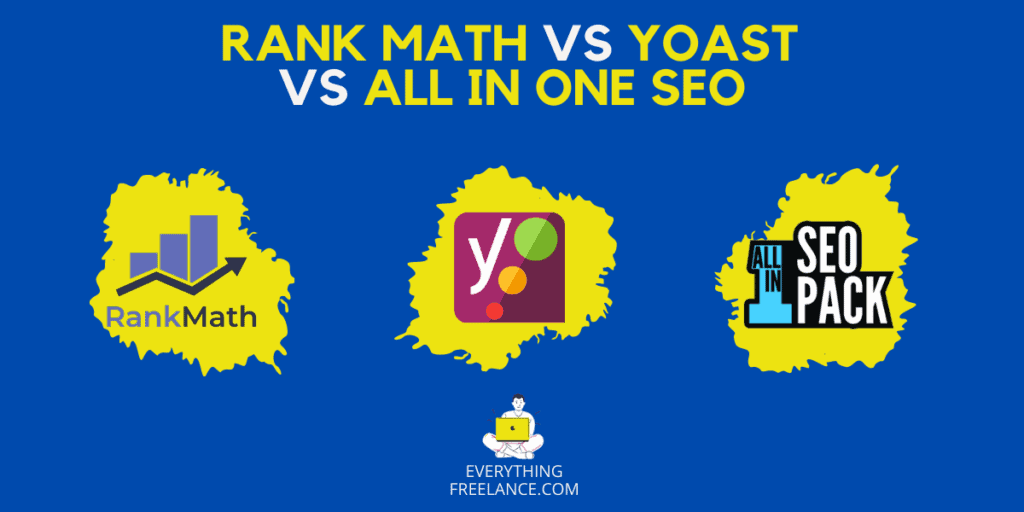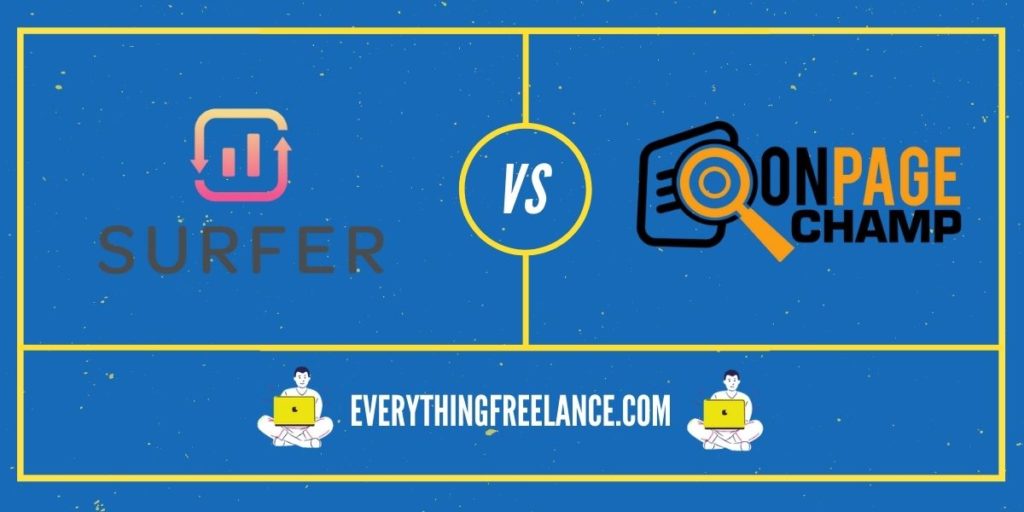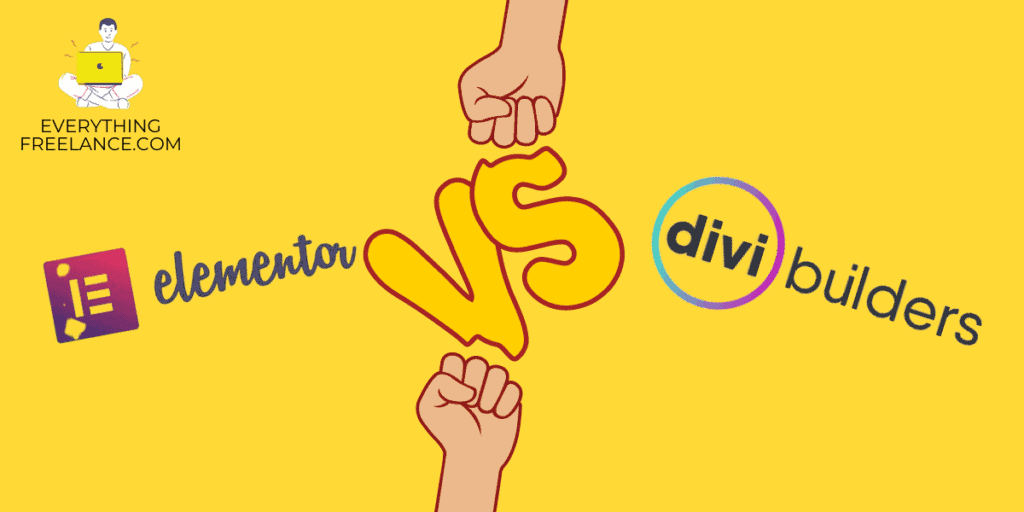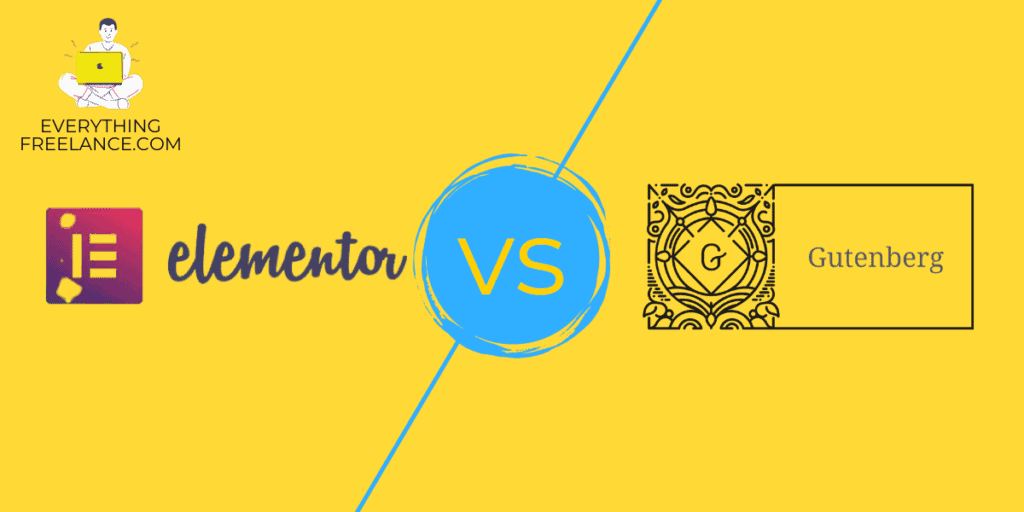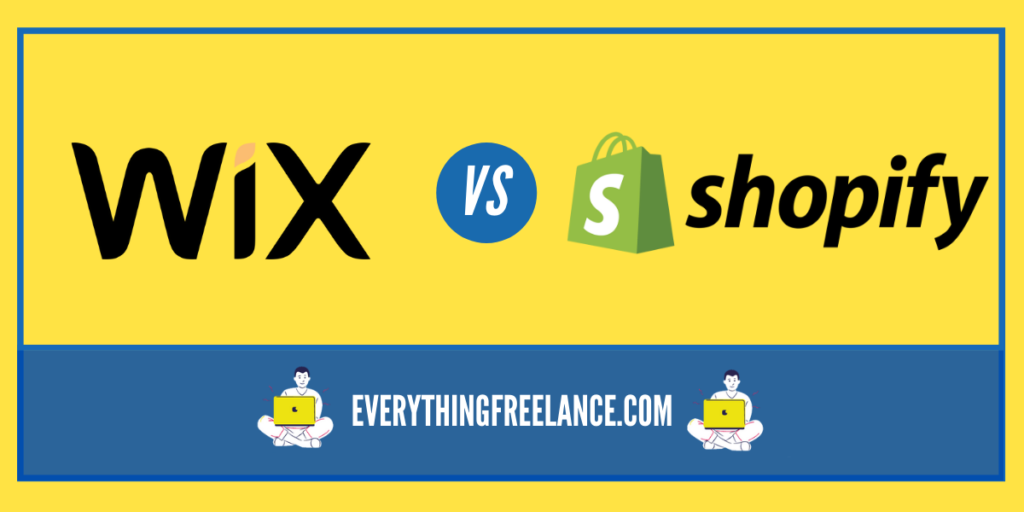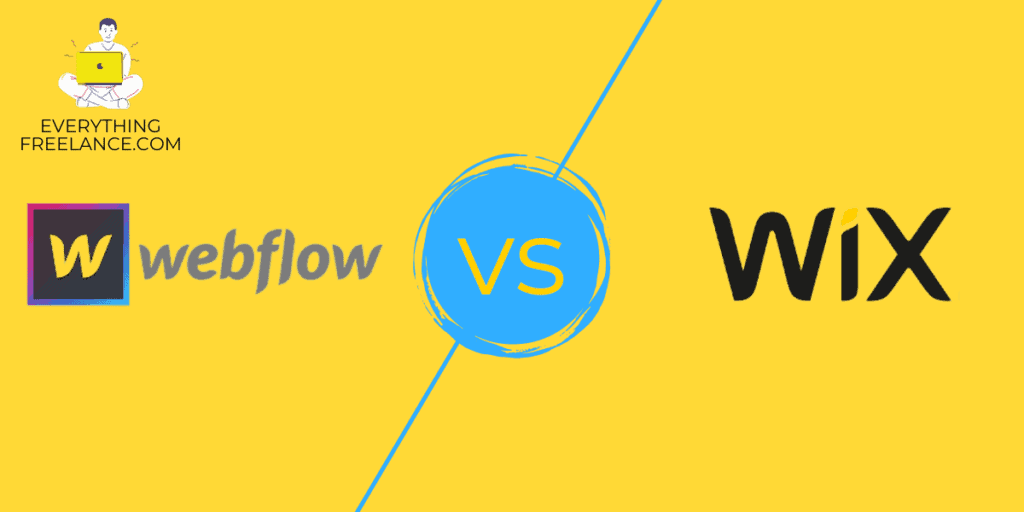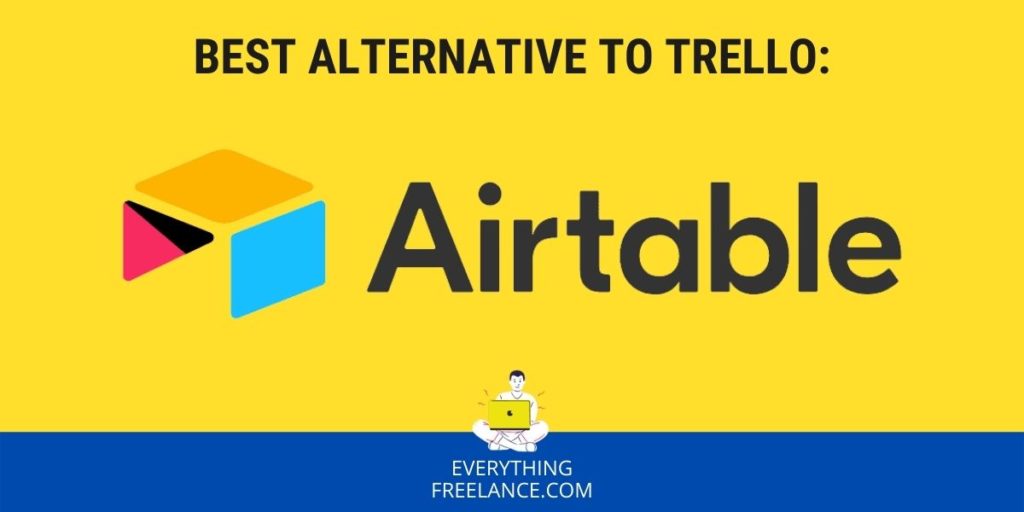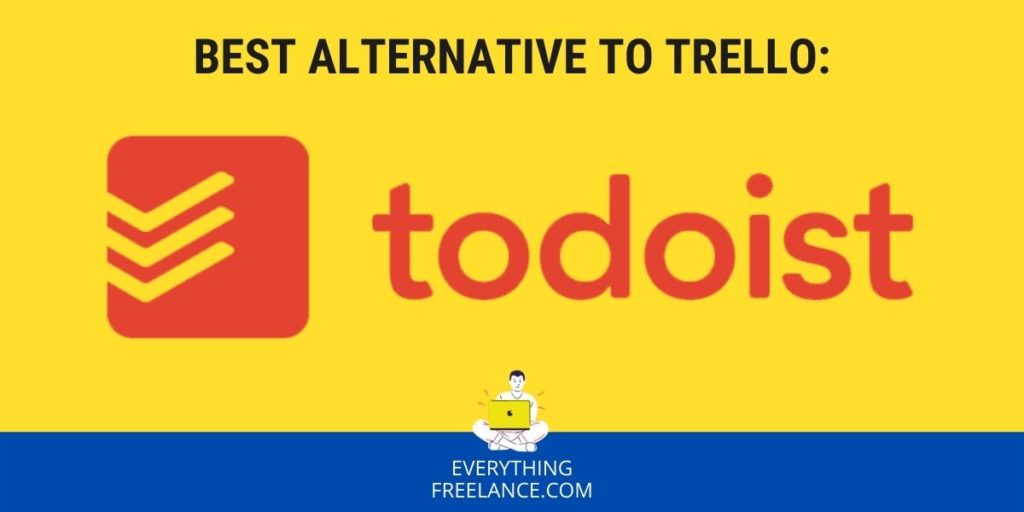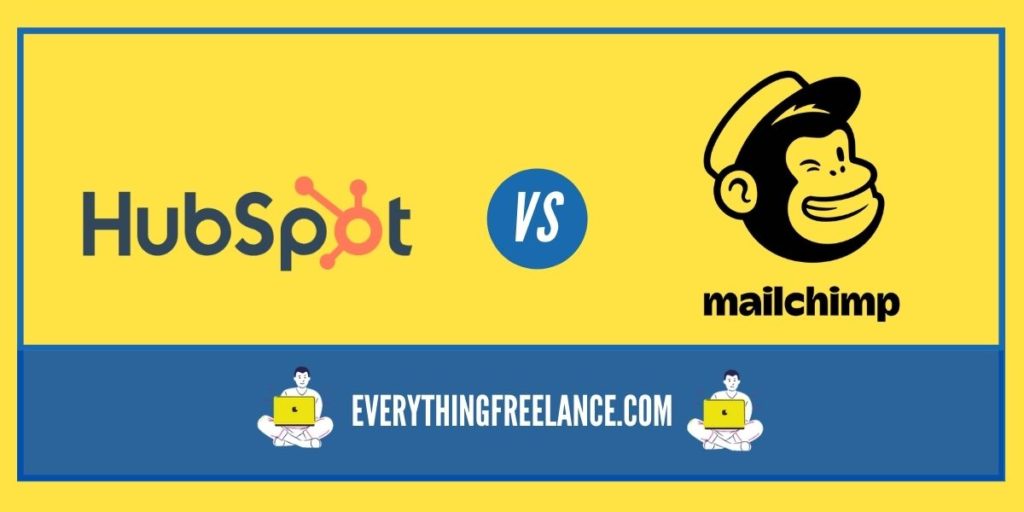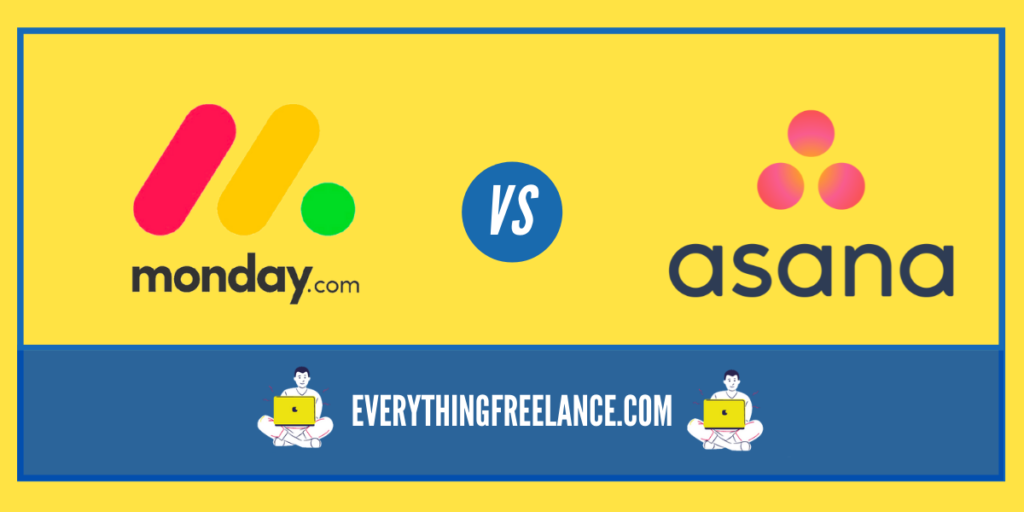When it comes to online time tracking, two of the most-chosen apps today are Clockify and Toggl. Both platforms offer a simple way for freelancers and businesses to track their time and accurately record their work hours.
Clockify and Toggl are some of the first apps that offer a comprehensive range of features like employee parameter settings, easy-to-use interfaces, time-tracking capabilities, reporting tools, and more. But which one should you use to maximize efficiency and streamline workflow processes?
In this blog post, we’ll be comparing Clockify vs. Toggl in terms of their features, prices, and interface designs so that you can make an informed decision about picking the right time management tool for your office team. Keep reading if you’re looking for a helpful guide on deciding between these top-notch applications!
Overview of Clockify and Toggl
Clockify and Toggl offer similar features, like tracking time spent on tasks, setting project budgets, and generating reports. However, they have some differences, like the free plan with unlimited users and projects that Toggl offers, while Clockify’s basic plan limits the number of users and projects.
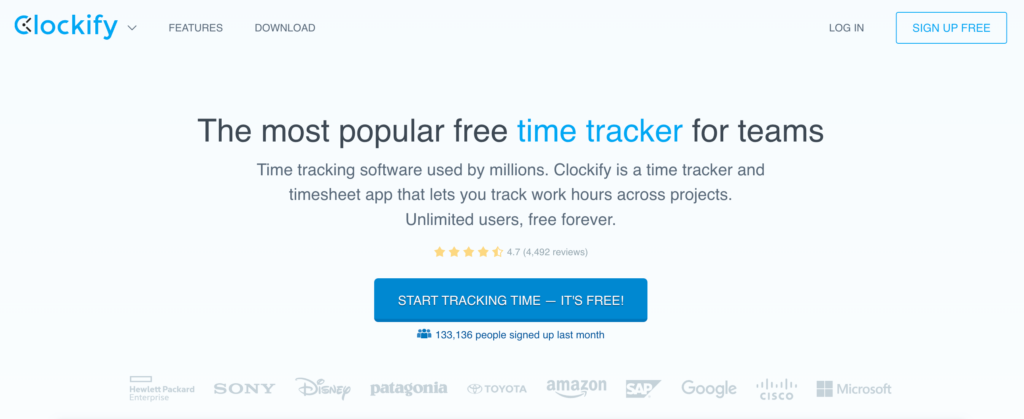
What’s more, Toggl has a feature called Toggl Track, which provides a more simplified interface for quicker entry. The straightforward, user-friendly interface works to attract visitors and makes the Toggl features and capabilities easy to master.
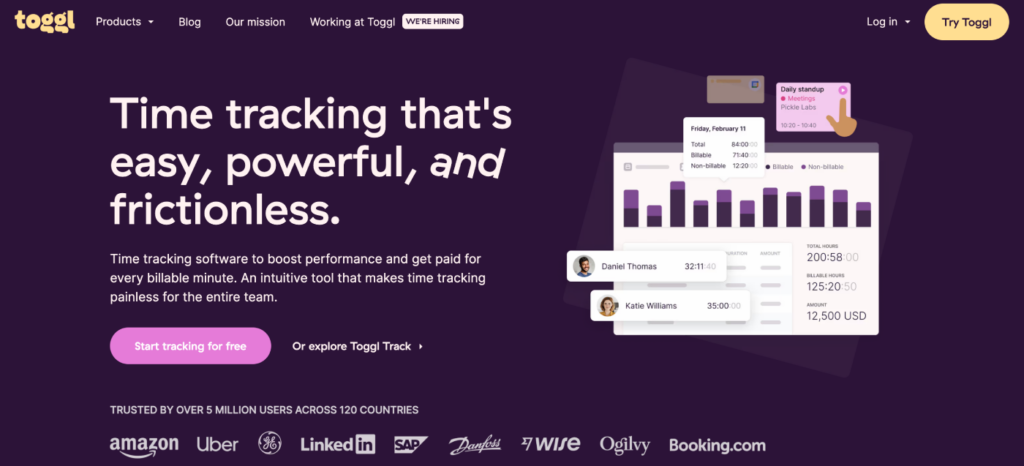
Conversely, Clockify is a powerful time-tracking and employee management tool designed to help freelancers and businesses better manage their workflows, from time offs to invoices. With Clockify, you don’t just get to track the time how you please, but you can also set budgets, generate reports, control employee parameters such as overtime pay rates, get insights into productivity levels, and more.
Clockify also provides comprehensive reporting tools which make it simple for managers and team leaders to analyze the performance of individual employees or entire teams across multiple metrics. This can include data such as the time spent on certain tasks or the activities completed over long periods.
Clockify vs. Toggl: User Interface Comparison
Clockify’s user interface is extremely intuitive, with a modern design that makes it easy to access the information you need. The dashboard conveniently provides an overview of all projects, including pending, in progress, and completed.
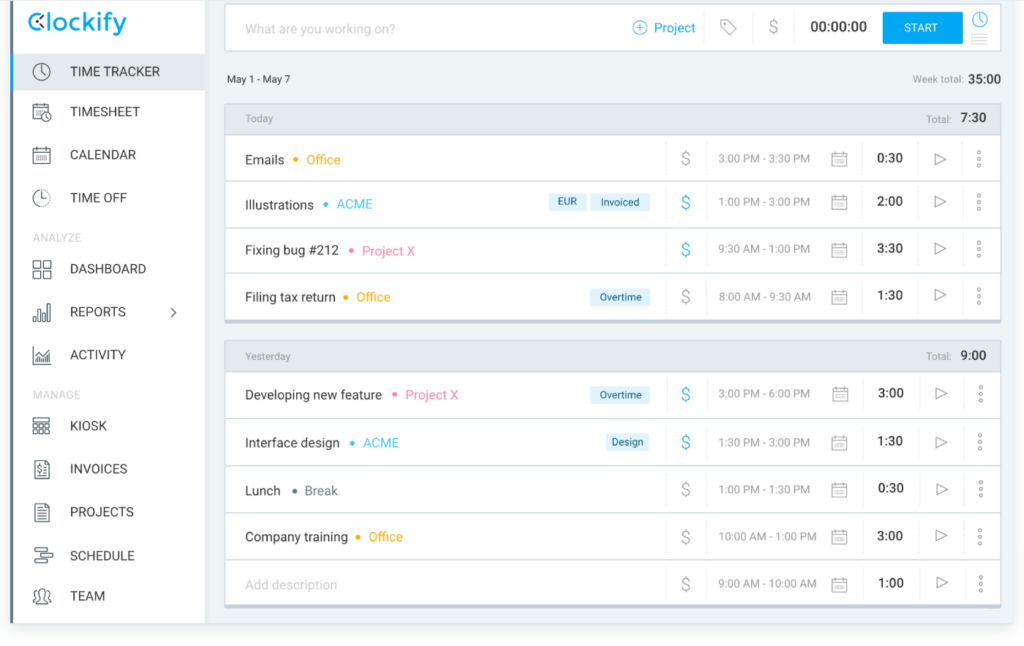
Its menu options provide quick access to time-tracking tools and reports. Besides that, the app works with various third-party integrations, making it easy to connect with other apps and services.
By comparison, Toggl’s user interface is slightly more complex than Clockify’s but provides an equally intuitive experience. Its dashboard offers a quick overview of projects and tasks in progress and the ability to generate detailed reports.
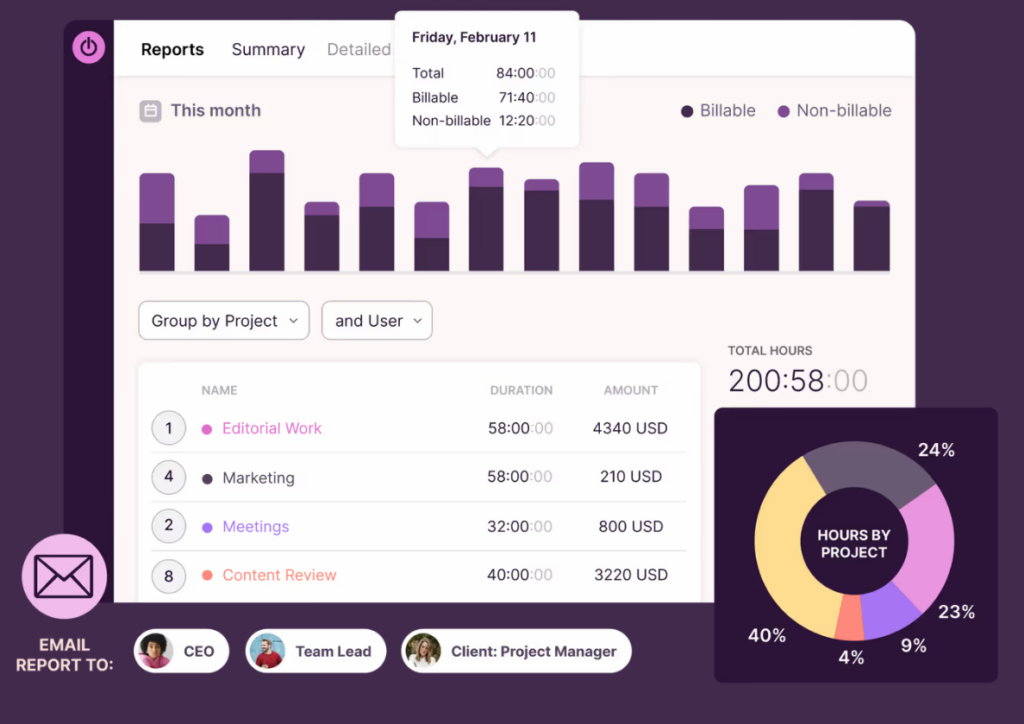
Toggl also has a web timer feature that allows users to quickly start and stop their timers without leaving the page they are on. With this tool, you get an extra layer of accessibility through its mobile app, which is available on both iOS and Android devices. It allows users to easily time-track on the go and sync their data with other devices.
In addition, Toggl offers integrations with many popular project management tools like Trello, JIRA, and Asana, which can help streamline workflows.
Clockify vs. Toggl: Time Tracking Capabilities Comparison
Both Clockify and Toggl are capable of organizing a workspace into a compact workflow that everyone can access and adjust. It’s like a business’ very own virtual checking-in space where they punch in and out when they finish or arrive at work. But where do they differ?
Clockify’s time-tracking features include many aspects and are easy to comprehend. It provides various options for tracking time, from manually entering your hours worked to using the timer tool to track activities automatically.
Additionally, Clockify offers a wide range of customization options for users, such as setting up tasks and budgets, adjusting employee parameters, and setting up automatic reminders. You can also use it as a powerful reporting tool that provides an overview of how much time was spent on each task or project, as well as get insights into overall productivity levels and how employees are performing.
Compared to Clockify, Toggl’s time-tracking features are also extensive; its main advantage is that it offers a simplified user interface with fewer clicks required to start and stop the timer. Additionally, Toggl allows users to set task goals, create project templates for repeatable tasks, and generate content they can share.
Although its features are similar to Clockify’s, it has fewer customization options. But, they are the same when it comes to giving an overview of how much time was spent on tasks and projects, as well as a glance into the overall productivity.
Clockify vs. Toggl: Project Management Comparison
Clockify’s comprehensive project management features offer users a range of tools to aid in team collaboration. It allows you to set budgets, assign tasks and deadlines, track the time spent on them, share notes and documents, and create reports.
For example, Clockify has a feature that allows users to set budget limits for each project, allowing them to better manage and control their project costs. It also has a built-in feature for creating detailed reports that can help teams identify areas of improvement.
Toggl’s project management tools are also comprehensive and allow users to assign tasks, set deadlines, collaborate with their team, track time spent on projects, and generate reports. It has a built-in template library that allows users to quickly create and share repeatable processes or templates for more efficient project management.
Toggl also has a few features that set it apart from Clockify, such as its in-app chat and video conferencing feature, which allow users to collaborate more effectively with their team members. It also integrates with Slack, allowing you to connect your Slack account to Toggl and streamline the workflow.
Clockify vs. Toggl: Integrations Comparison
Clockify and Toggl offer a wide range of integrations with other services, making it easy to synchronize data and manage workflows. Clockify integrates with over 80+ popular software tools, including leading project management platforms such as Asana, Trello, Jira, and Slack. This lets users easily access their projects and sync their data with other services.
Toggl also offers a wide range of integrations, including popular project management platforms such as Trello, Asana, and Jira. Additionally, it has a Zapier integration, allowing users to connect with over 100+ apps to automate workflow processes.
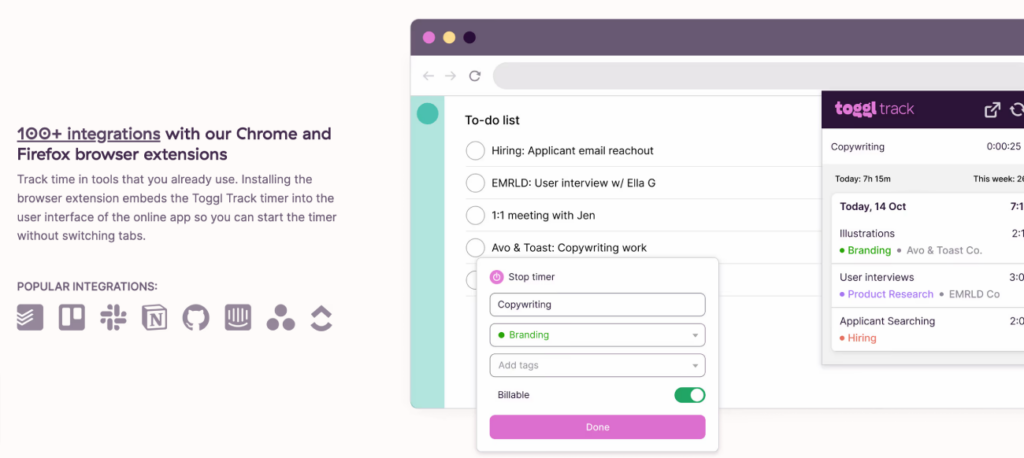
Clockify vs. Toggl: Reporting Comparison
When comparing Clockify vs. Toggl, we noticed that they both provide comprehensive reporting features that allow users to track project progress.
Clockify’s reporting features include generating detailed reports with customizable graphics, easily tracking team performance, and exporting data for further analysis. The time tracking feature also comes in handy here, as it can easily show you the performance between teams.
Toggl’s reporting features offer you the ability to create comprehensive reports with customizable filters, track team performance over time, export data for further analysis, and generate visual charts and graphs. Additionally, Toggl has a feature that allows users to set goals for tasks or projects and measure progress against them.
Clockify vs. Toggl: Pricing Comparison
Clockify has five pricing plans to choose from:
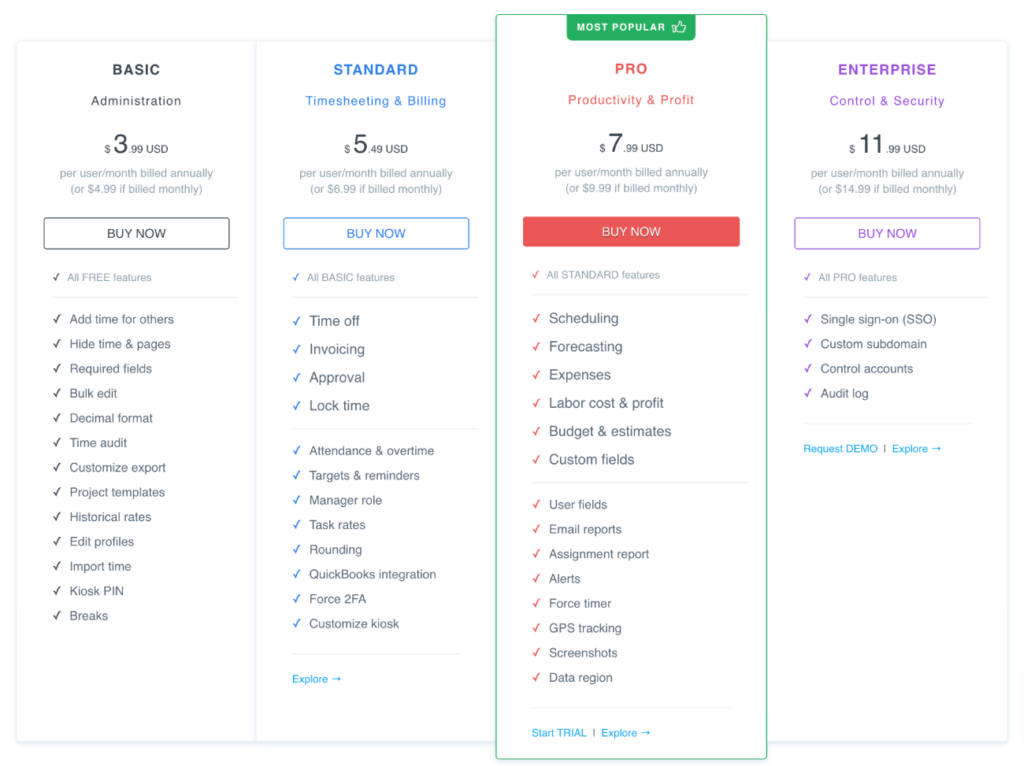
- Free – It doesn’t cost anything and only gives simple time-tracking features.
- Basic – It costs $3.99 per user/per month, and it’s usually meant for administration purposes. With the Basic plan, users can access bulk edits, time audits, historical rates, add and hide times and pages, and more.
- Standard – This plan costs $5.49 per user monthly. With the Standard plan, you get targets and reminders, task rates, QuickBox integration, manager roles, rounding, and more. The Standard plan also provides time off, invoices, approvals, lock times, attendance, and overtime.
- Pro – It costs $7.99 per month and user, and it’s meant to improve productivity and profit. The Pro plan allows users to take care of scheduling, forecasting, budgets and estimates, expenses, labor costs, and much more. This plan also gives assignment and email reports, alerts, voice timers, GPS tracking, data region, and user fields.
- Enterprise – This one is meant for security and control, costing $11.99 per user/month. The Enterprise plan comes packed with all the pro features, plus some more like SSO, audit logs, ability to control accounts and customize a subdomain.
Opposite of this is Toggl’s pricing plans. This tool has four pricing plans:
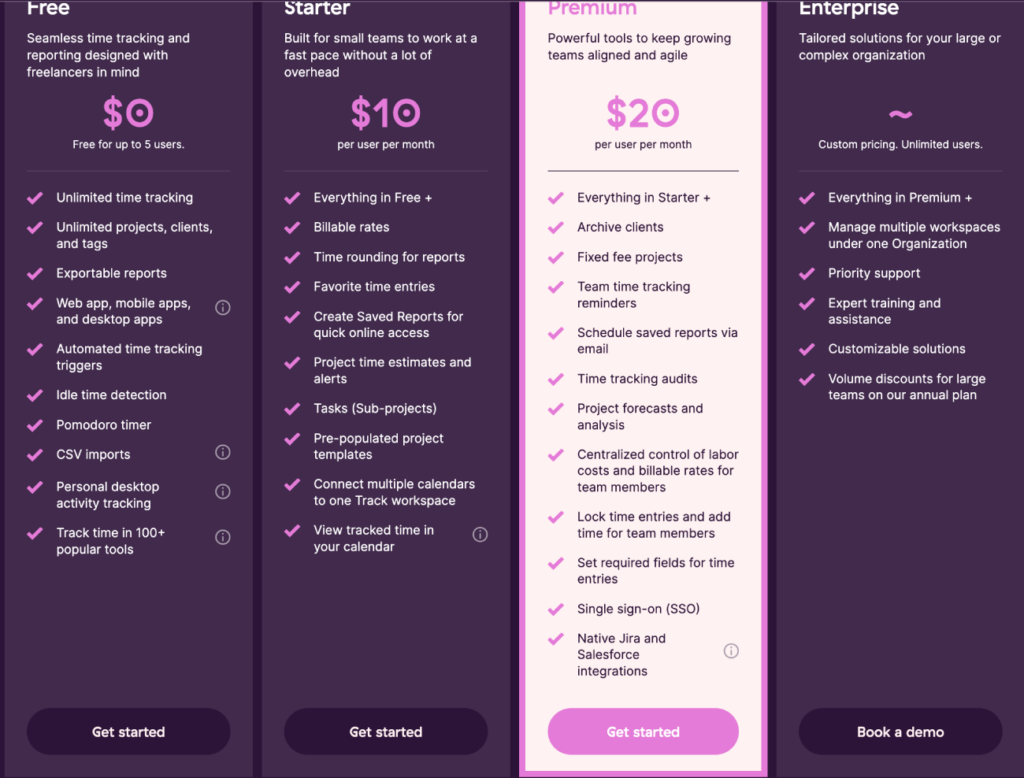
- Free – This one, as the name suggests, is free and is designed with freelancers in mind. It has features such as unlimited time tracking, exportable projects, Pomodoro timer, etc.
- Starter – It costs $10 monthly per user and is best suited for small teams. With the Starter plan, users get everything the Free plan offers plus features like billing rates, favorite time entries, tasks and sub-projects, etc.
- Premium – Toggl’s Premium plan is meant for teams that want to scale. This plan costs $20 per month/per user and offers everything in the Starter plan, adding some additional things like project forecasts and analysis, SSO, team time tracking reminders, etc.
- Enterprise – The final plan of Toggl includes everything in Premium and features like expert training and assistance, customizable solutions, priority support, etc. There is no set cost for this plan as it is custom-made.
Clockify vs. Toggl: Pros and Cons
As you seek the perfect time-tracking solution, it’s extremely important to weigh the advantages and disadvantages of different tools. Through our Clockify vs. Toggl comparison, we’ve seen what features these two offer. Now it’s time to delve into their benefits and drawbacks.
Below, we’ve made a simple table where you can have a clear picture of the pros and cons. But to make it even simpler and easier for you to decide, we’ve also detailed them right after, as well as some other features that might not be in the table. This way, you can undoubtedly choose the one that can help you optimize your time management and productivity.
Table Comparison
| Tool | Pros | Cons |
| Clockify | Robust reporting and analytics for in-depth time tracking analysis; Powerful integrations with popular project management tools; Offers a free plan. | Steeper learning curve; Lacks advanced project management features like Gantt charts. |
| Toggl | User-friendly interface with easy-to-navigate features; Available mobile apps for iOS and Android; Has a free plan. | Limited features in the free plan; Limited time-management features in lower plans. |
Advantages of Using Clockify
As we have said, to all you a better look into the real use of these tools, we’ve detailed their pros and cons. Here are Clockify’s advantages:
- Wide range of features – Clockify offers tools for time tracking, including customizable parameters and automatic reminders, making it easy to stay on top of projects and tasks.
- Powerful integrations – It integrates with over 30 third-party apps, allowing users to synchronize data across different services without having to update information manually.
- Robust reporting and analytics for in-depth time tracking analysis – Its reporting capabilities provide detailed reports with customizable graphics that make it easy to track team performance or compare progress between teams.
- Free plan – Clockify provides a free version that makes the tool suitable for smaller businesses that don’t need more advanced features but still want comprehensive time-tracking.
Advantages of Using Toggl
Like Clockify, using Toggl also comes with its good sides. Here are some of them:
- User-friendly interface – This tool has a simple and intuitive interface that makes it quite easy for everyone to use. Simply put, it’s accessible to all users, even those that are not tech-savvy.
- Available mobile apps – Toggl comes with iOS and Android apps that you can use to track your work offline or on the go. This ensures accurate time tracking regardless of where you are.
- Customizable templates – Its customizable template library makes it easy to set up repeatable tasks so that users can save time setting up recurring jobs or projects each day/week/month.
- Free plan option – Like Clockify, Toggl offers a free plan option for all users. This is open to up to 5 users and has features such as unlimited time tracking, exportable reports, the use of Windows, iOS, and Android apps, and a Pomodoro timer.
Disadvantages of Using Clockify
A comparison between any two apps’ pros and cons won’t be complete without the latter. Hence, we elaborated more on the disadvantages of using Clockify:
- Lacks some features – It can be difficult to track multiple projects simultaneously due to its lack of task management capabilities. Moreover, it doesn’t have features like Gantt charts or the same level of automation and time-saving options as Toggl.
- Limitations in the free version – The free version is limited in some areas, such as budgeting tools and reporting features.
- Steeper learning curve – Its user interface may be too complicated for newbies who are used to the simple drag-and-drop approach other time-tracking apps offer.
Disadvantages of Using Toggl
Finally, let’s go through Toggl’s downsides. The most important ones are the following:
- Limitations in the Free plan – Toggl’s free version does not offer some of the more advanced features that other time-tracking apps provide, such as project management or multi-project tracking. Plus, it does not offer budgeting tools or goal-setting capabilities, so users relying on these features may have to look elsewhere.
- Low plans may have limited features – Reporting capabilities in the Free and Starter plan are limited, and users have to upgrade to a more advanced paid plan for more extensive reporting options.
- Short supply of data synchronization features – The data synchronization feature is restricted to 1000 third-party apps, which can be bad for users who need more integrations.
Conclusion
Clockify and Toggl are both popular time-tracking apps with their own advantages. Depending on your needs, either one can be the right fit for you. If you’re looking for a more user-friendly interface or need integrations with over 1000 third-party services, Toggl may be the better choice. However, if comprehensive reporting features and customizable parameters/reminders are important to you, Clockify is likely the better option.
Ultimately, it comes down to what works best for your situation. In terms of popularity among users, most polls suggest that while both options come highly recommended by professionals in the industry, Toggl has slightly higher ratings overall. This is due to its ease of use and wide range of integrations available through Zapier.
FAQs
What are the main differences between Clockify and Toggl?
The main differences between Clockify and Toggl are in terms of the user interface, integrations with third-party apps, reporting capabilities, task management features, and budgeting tools.
Is one time tracking app clearly better than the other?
It depends on your individual needs, as both options come highly recommended by professionals in the industry. If you want a simpler UI, then Toggl is a better option, but if you want a more comprehensive and customizable tool, Clockify may be what you’re looking for.
Can I get a free version for either option?
Yes. Both Clockify and Toggl offer a free version. However, some features may be limited depending on which app you choose.
